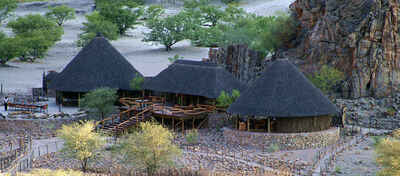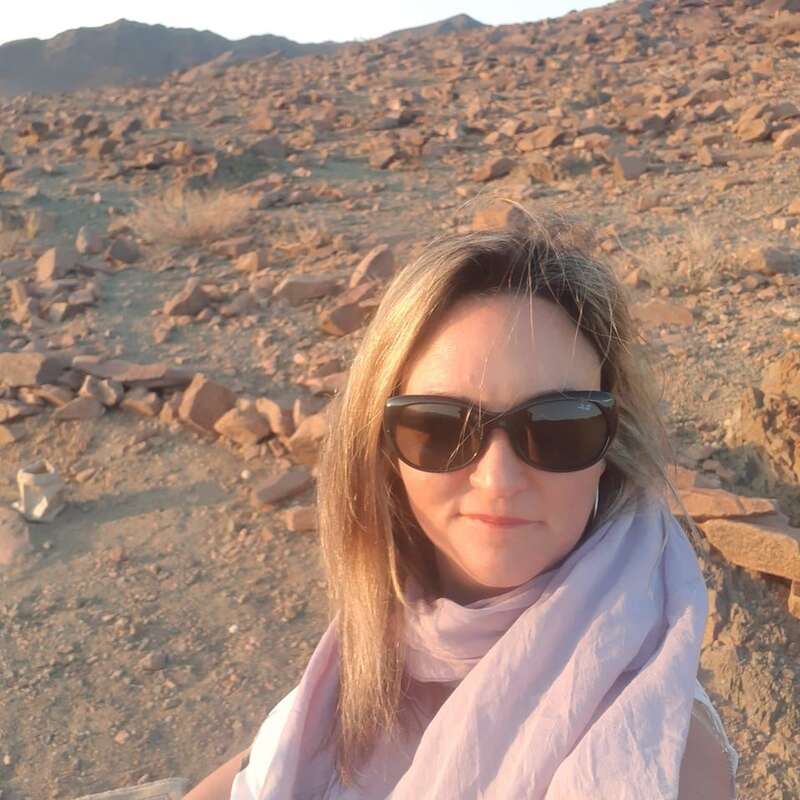About Khowarib Lodge
Few visitors make it to Kaokoland, but for the adventurous traveller, Khowarib Lodge makes a rustic base for exploration.
Dwarfed by the craggy cliffs of the Khowarib Gorge, the setting of Khowarib Lodge is nothing if not dramatic. Black eagles wheel in the skies above, the waters of the Hoanib River weave past, and giant iron masks stand guard at the entrance, as if in acknowledgement of mountain spirits.
The lodge itself, all rustic wood and thatch, fits perfectly into the setting, with artwork by local people adding to the sense of place. The staff, too, are local, balancing the potentially austere surroundings with attentive and friendly service; a visit to a Himba village can help you to understand a little about their culture.
Down by the river, tented rooms beneath a canopy of riverine trees jut out over the water, so you’ll be lulled to sleep by the gurgle of the river as it flows beneath. Co-owned by Caesar Zandberg, a professional guide of some renown, Khowarib is designed as a jumping-off point for exploring Kaokoland. How much more adventurous than the lodge’s pool to cool off at the base of the Ongongo Waterfall? Or to combine a spot of birding with a search for the desert-adapted elephant?
The region may be remote, but there are rewards aplenty.
Our view
Khowarib Lodge is a comfortable and well-run lodge in an incredibly scenic area of Namibia. Its main draws are its remoteness and the rugged mountain terrain, but once you’re ensconced here, it’s the small touches that make Khowarib really special, such as the beer glasses kept in the deep freeze.
Accommodation
14 tented rooms
Children
Open
All year
Activities

4WD Safari

Birdwatching

Cultural excursion

Guided walking safari

Private activities
Traveller reviews of Khowarib Lodge
9 real, un-edited reviews from Expert Africa's travellers.
Arrived 20 Nov 2023, 2 nights
"Khowarib Lodge review"
Overall rating: Good
Arrived 26 Apr 2023, 2 nights
"Khowarib Lodge review"
Overall rating: Good
Arrived 27 May 2022, 2 nights
"Khowarib Lodge review"
Overall rating: Good
Arrived 22 Jul 2021, 2 nights
"Khowarib Lodge review"
Overall rating: Good
Arrived 18 Oct 2018, 2 nights
"Khowarib Lodge review"
Overall rating: Excellent
Arrived 15 Sep 2014, 2 nights
"Just ask Waylon !!!!!"
Overall rating: Excellent
Arrived 2 Sep 2014, 2 nights
"A Luke warm welcome!"
Overall rating: Average
Arrived 19 Jul 2011, 3 nights
"Khowarib Lodge review"
Overall rating: Excellent
Arrived 16 Oct 2010, 3 nights
"Khowarib Lodge review"
Overall rating: Average
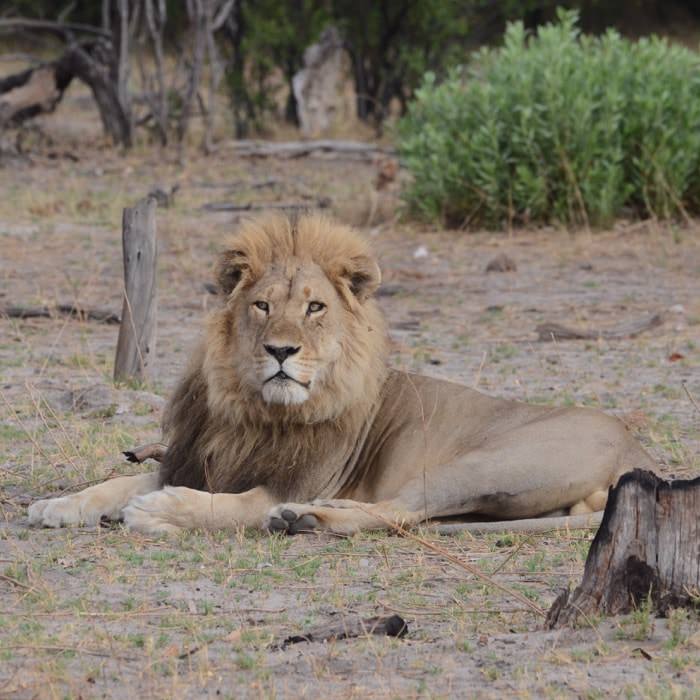
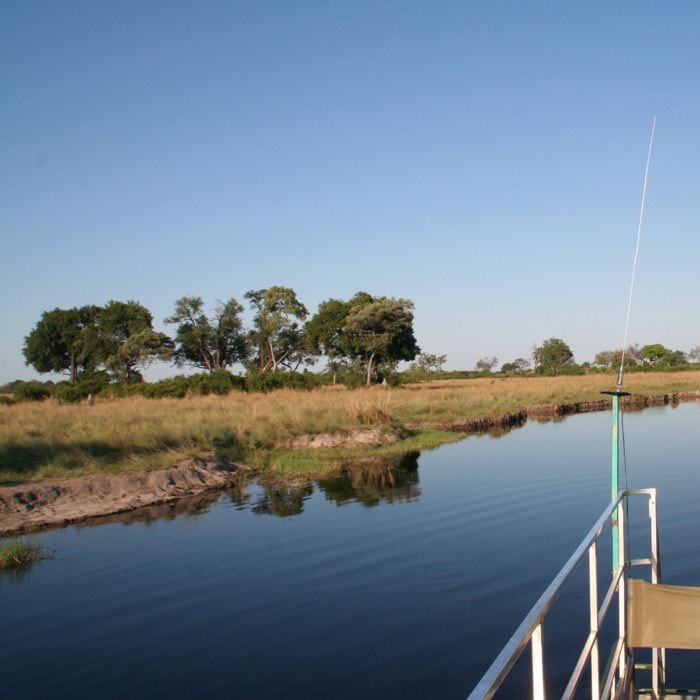
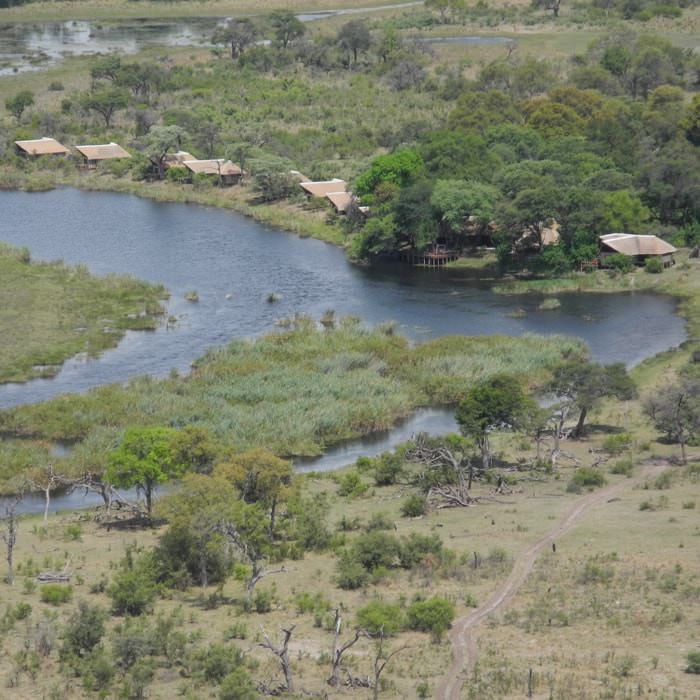
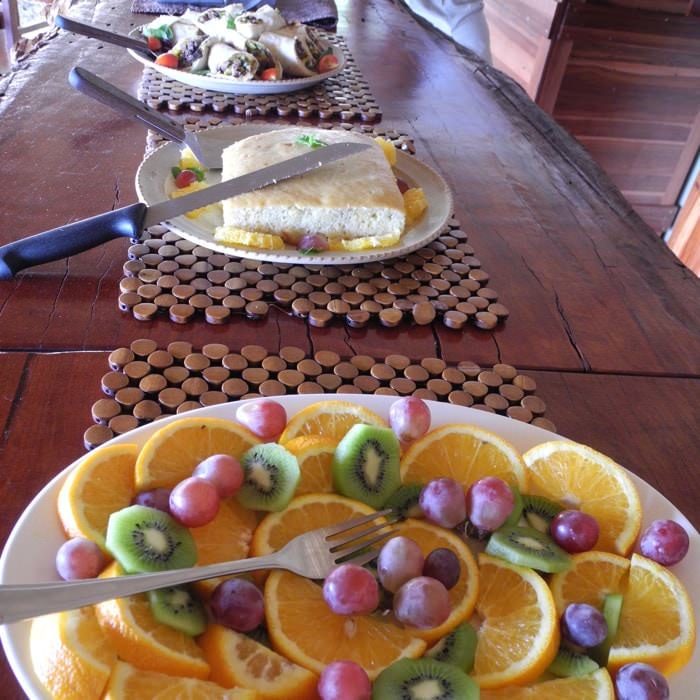
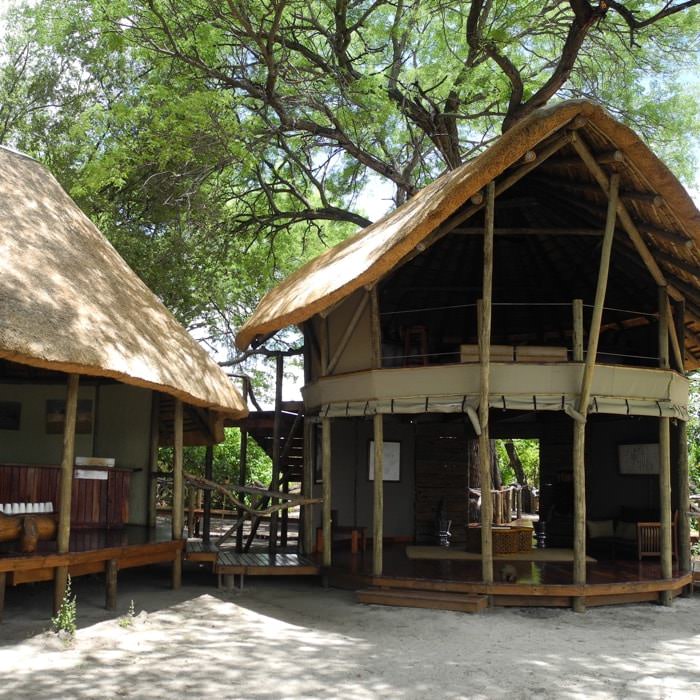
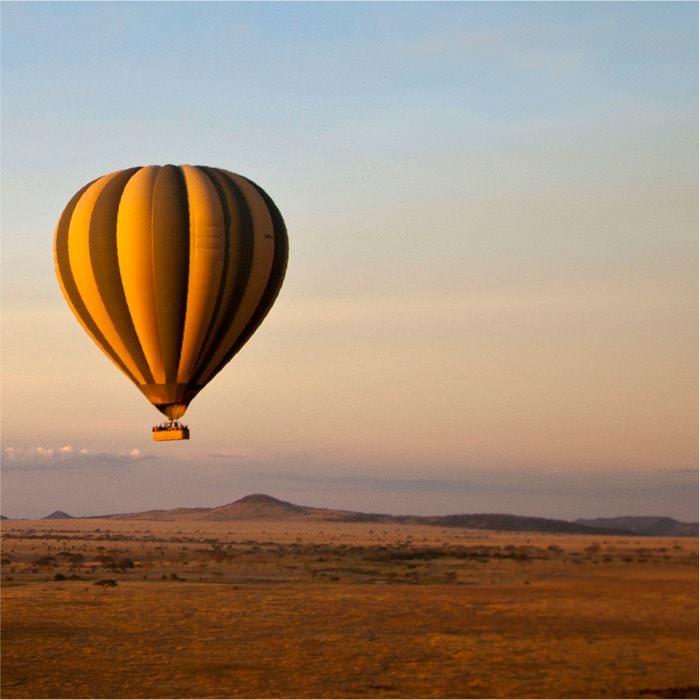
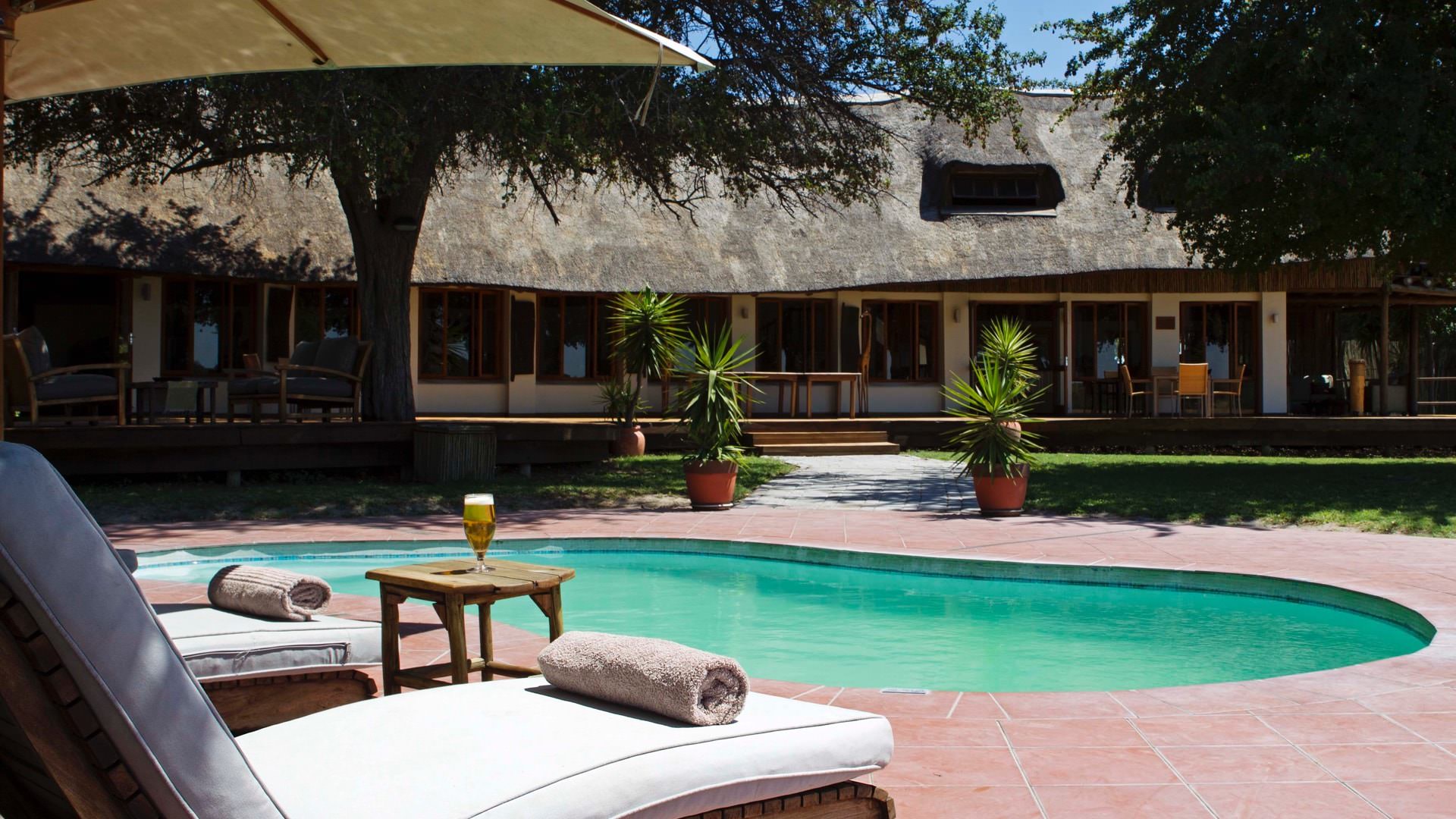
Expert Africa's gallery
When we travel we take lots of photos ourselves to give you a real and un-edited view of the safaris. See our 6 pictures of Khowarib Lodge to get the candid view.
View gallerySafaris visiting Khowarib Lodge
Just ideas, we'll always tailor-make a trip for you
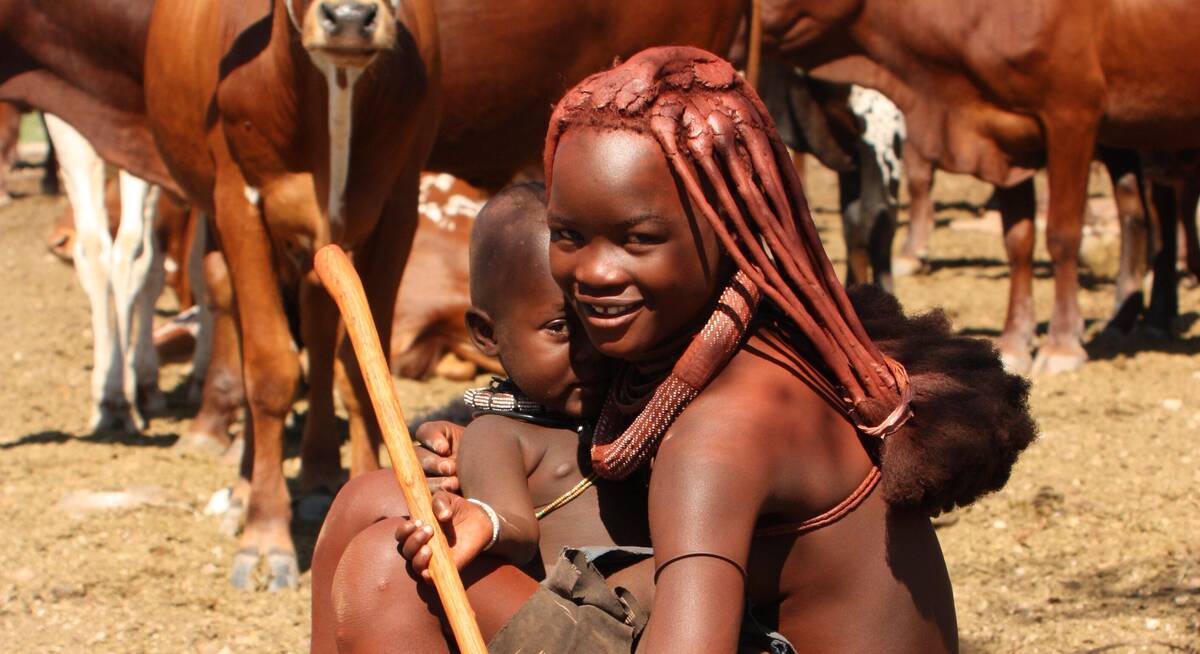
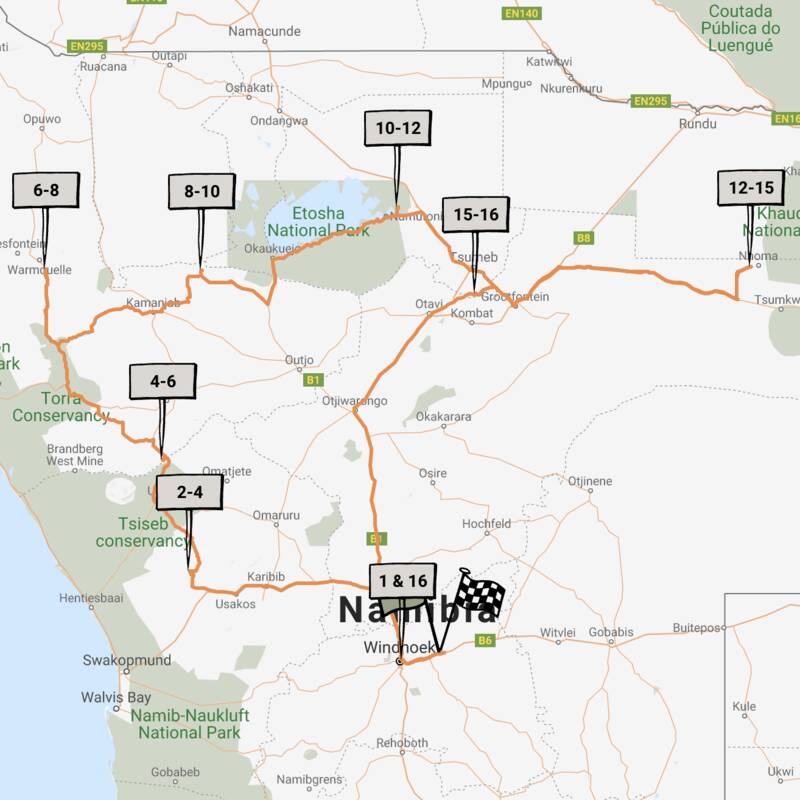
Hartebeest Self-drive Safari
16 days • 8 locations • 1 country
WINDHOEK AIRPORT TO WINDHOEK AIRPORT
This self-drive safari focuses on the best cultural experiences in Namibia. Visit a Himba village and enjoy three days living with the San Bushmen interspersed with some excellent wildlife watching.
Visiting Bushmanland, Central Highlands and 3 other areas
US$4,800 - US$4,990 per person
Khowarib Lodge: Our full report
Khowarib Lodge is nestled on the banks of the Hoanib River where it runs through the dramatic Khowarib Gorge ...
... in north-west Namibia. Rustic yet comfortable, the lodge is well situated for travellers who want to explore this spectacularly remote corner of the country.
The lodge is framed by craggy mountains, with the Khowarib Gorge creating an impressive backdrop to the main area. Guarded by giant iron masks, the mid-section of this large thatched structure forms a viewing platform overlooking the gorge and the riverbed. There is a dining area to one side and a lounge to the other, an incredible spot for watching black (Verreaux’s) eagles nesting in the surrounding cliffs, as well as waterbirds such as the blacksmith lapwing or Egyptian goose. Each space is well designed and has lots of extra touches such as a small library, a bar made from raw materials and local artwork on the walls. Attentive and friendly staff from the nearby village provide excellent service, something that we particularly appreciated when we stayed in October 2018.
A short walk from the main area, and towards the river bank, Khowarib’s 14 tented rooms are sheltered beneath a canopy of acacia, leadwood and jackalberry trees, with the gurgle of the river a few metres below. The tents themselves, elevated on platforms jutting out from the riverbank, are rustic in style, built from green canvas and solid poles. Each is simply but stylishly furnished with twin or double beds, and mains electricity allows for comforts such as fans and a mini-fridge. Open to the sky at the back is a stone-walled enclosure with a toilet, shower and twin basins.
Between the rooms and the main area is a small but swimming pool, much needed in the hotter months towards the end of the year. It’s surrounded by a green lawn and a perimeter of trees – a slight shame as it doesn’t make the most of the area’s stunning views.
There is water in the Hoanib River here year round, fed by natural springs upstream, so there's always plenty to see from the camp in terms of birdlife and even some animals. In addition, Khowarib Lodge offers a range of activities including excursions in search of desert-adapted elephants, rhino tracking, nature walks, half-day birding drives, day trips to the Twyfelfontein rock engravings and visits to a local Himba village. Additionally, about 10km further north of Khowarib, is the Ongongo Waterfall (day visit N$50), where a seasonally deep and clear pool is fed by a small waterfall, and is a wonderful place for a swim. Further afield, longer multi-day safaris can be booked in advance with Caesar Zandberg, co-owner of Khowarib Lodge and one of Namibia's well-known guides.
Activities
4WD Safari
Birdwatching
Cultural excursion
Guided walking safari
Private activities
Families & children
- Attitude towards children
- Children are welcome at Khowarib Lodge.
Food & drink
- Usual board basis
- Half Board
- Food quality
- On our last visit to Khowarib Lodge in October 2018 we were very taken with the food, and were impressed with the offerings given the remote location of the lodge.
For dinner – which can be served inside or out – we had a starter of tuna, cheese and pepper tart, followed by a main of pepper steak, mashed potatoes and mixed veg. Dessert was a rather basic sponge and custard.
The following morning there was a good selection of cereals and fruits for breakfast and freshly baked bread and muffins, as well as a large choice of teas and fresh coffee. Cooked breakfast items are also available, such as bacon, sausages, grilled tomatoes or mushrooms and eggs cooked a variety of ways. - Dining style
- Individual Tables
- Dining locations
- Indoor and Outdoor Dining
- Drinks included
- House wine is included with dinner but all other drinks are payable locally.
Our travellers’ wildlife sightings from Khowarib Lodge
Since mid-2018, many of our travellers who stayed at Khowarib Lodge have kindly recorded their wildlife sightings and shared them with us. The results are below. Click an animal to see more, and here to see more on our methodology.

67% success

67% success

33% success

0% success

0% success

0% success

0% success

0% success

0% success

0% success

0% success
Getting there
- Location
- Damaraland, Namibia
- Ideal length of stay
- Expert Africa would recommend two to three nights at Khowarib Lodge, allowing you to make the most of the area.
- Directions
- Khowarib Lodge is located 1km to the east of the C43, the main road from Palmwag to Sesfontein.
- Accessible by
- Self-drive or Fly-and-Transfer
Special interests
- Cultural Experiences
- Khowarib Lodge is superbly located for cultural interactions with Namibia’s iconic Himba tribespeople. Despite their semi-nomadic existence, Khowarib has a good track record of genuine interactions between guests and the inhabitants of the surrounding Himba villages.
- See ideas for Cultural Experiences in Namibia
Communications
- Water supply
- Borehole
Health & safety
- Malarial protection recommended
- Yes
- Dangerous animals
- Moderate Risk
- Fire safety
Useful info
- Disabled access
- On Request
- Laundry facilities
- Not included.
Plan and book your trip with Expert Africa
All of our trips are tailor-made, so we'll always adapt them to suit you. Talk to an Expert and let us plan and arrange your perfect trip.

Talk to an Expert
Call or email us now! We’ll match you with the Specialist in our team who is best suited to help you. Then together we can start planning your trip.

Set up your itinerary
Based on our experience and your ideas, your specialist will create a detailed, costed itinerary. We’ll refine it together, until we have a trip that you’re perfectly happy with.

Prepare for your trip
The same Specialist will make the seamless arrangements for your trip, send you detailed travel documents, and be available to answer any questions before you depart.

Travel with peace of mind
After you set off, you’ll be cared for by our partners in Africa, most of whom have worked with Expert Africa for decades. And if you ever need us urgently, we’re available 24/7.

When you return
We love to learn about your trip, and so will always be grateful if you’ve the time to give feedback to your Specialist when you return.
Khowarib Lodge's location
Look closer at the environment and surroundings of Khowarib Lodge.
Other lodges in Damaraland
Alternative places to stay in this same area.
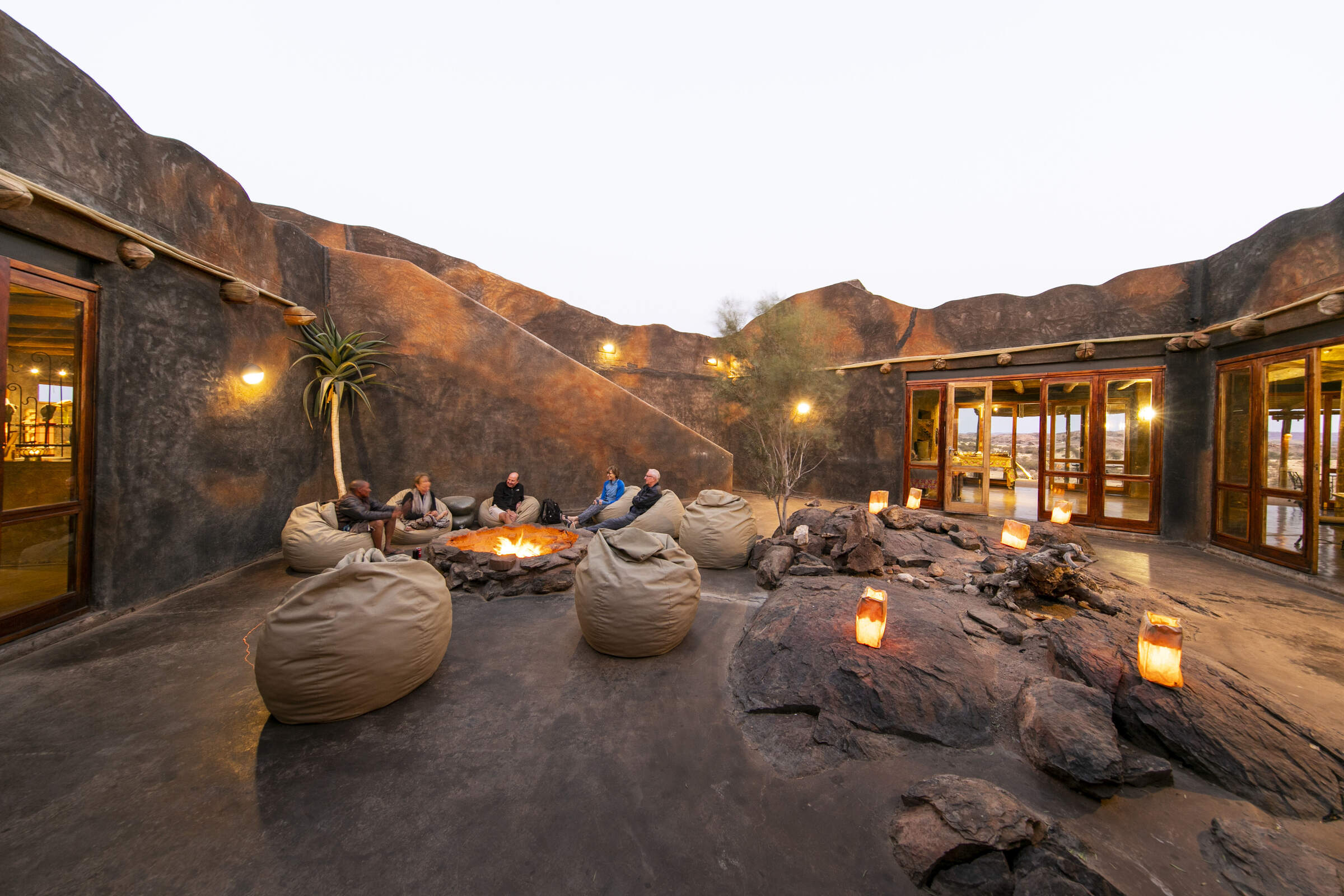
Doro Nawas
Comfortable rooms and a convenient location make the community run Doro Nawas a great base for exploring Damaraland.
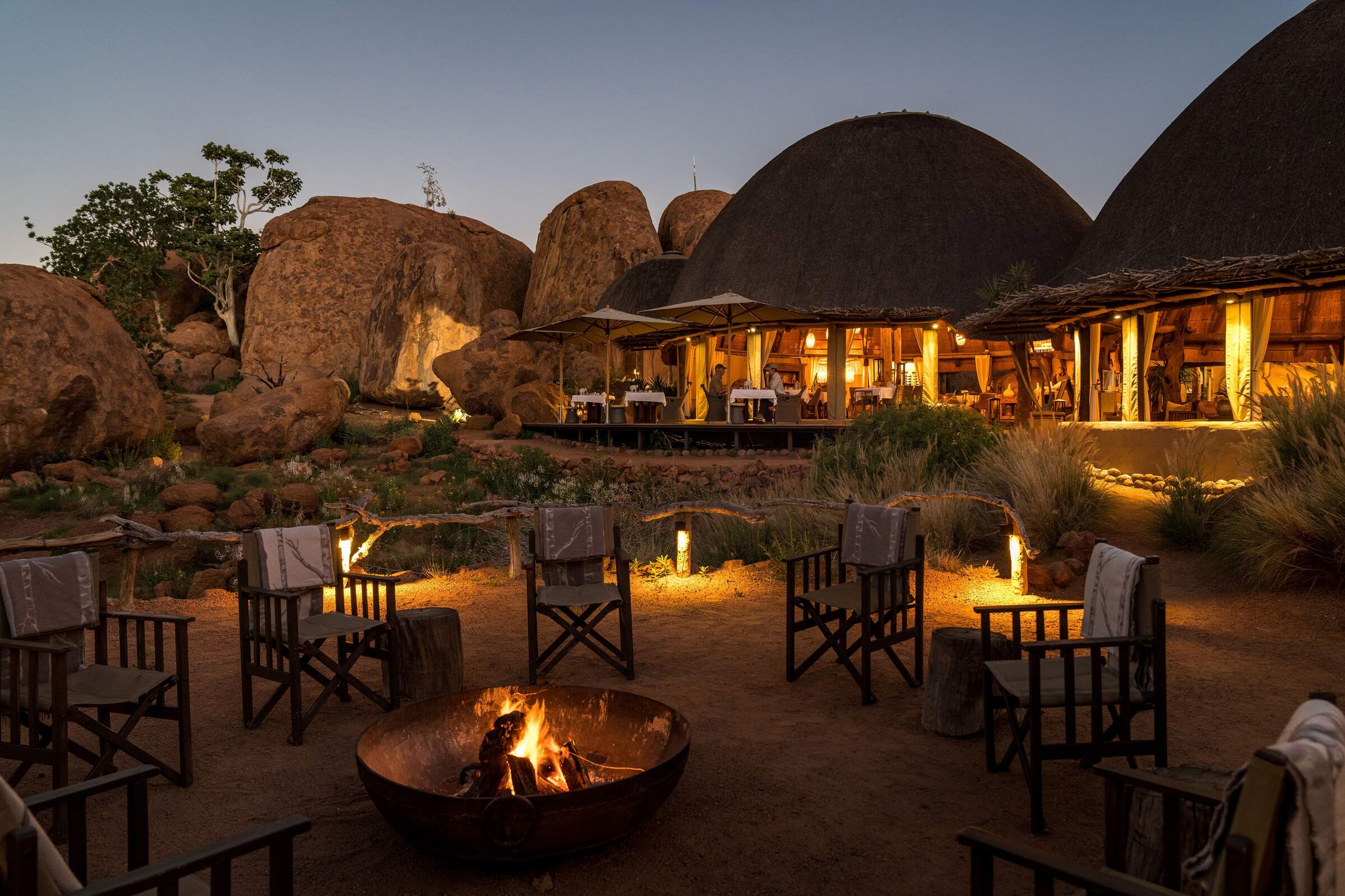
Mowani Mountain Camp
Mowani is a beautiful and stylish mountain retreat in southern Damaraland; it makes a great base for visits toTwyfelfontein.
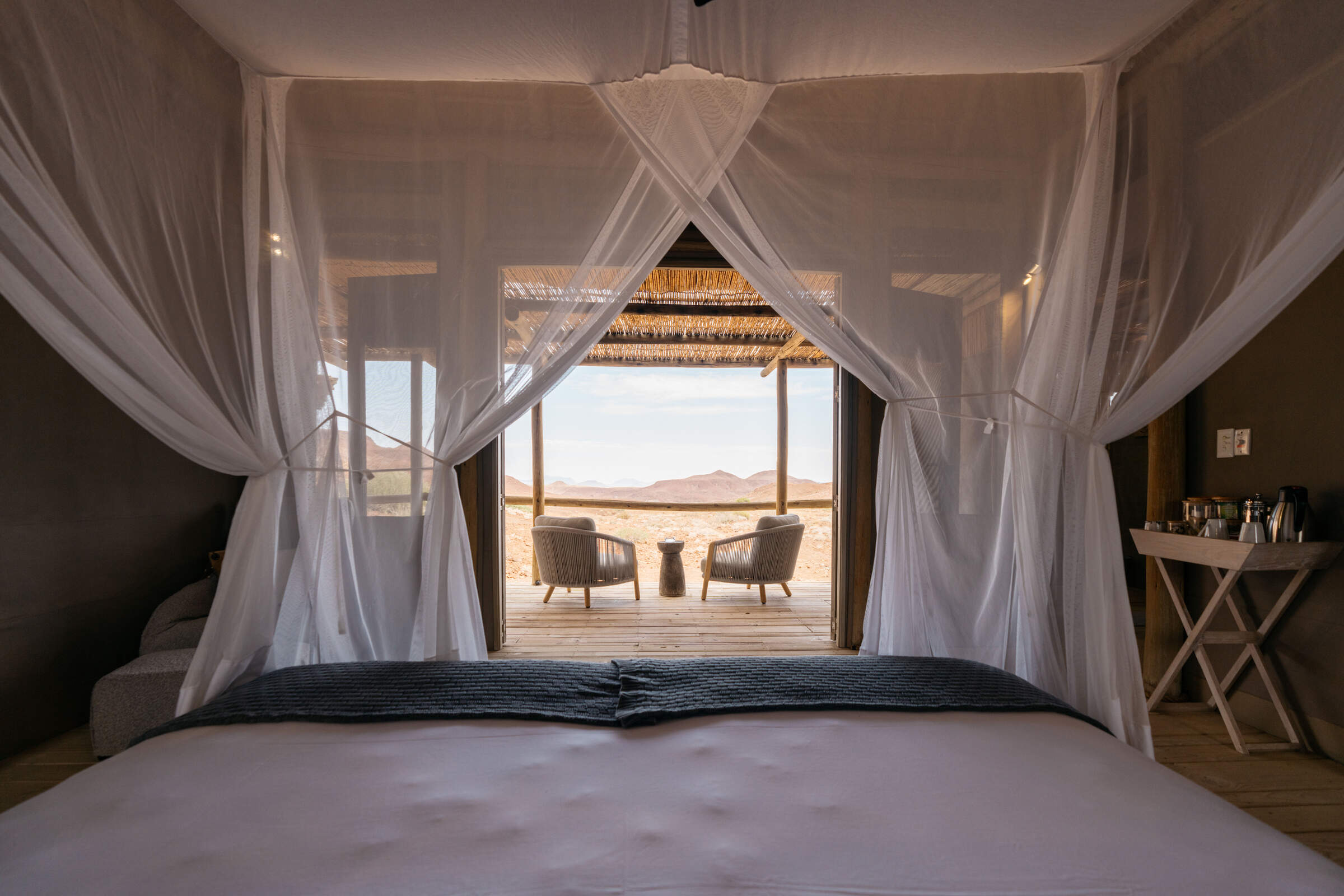
Damaraland Camp
Setting the standard for community partnerships, Damaraland Camp offers a beautiful location, a range of activities – and a genuine welcome.
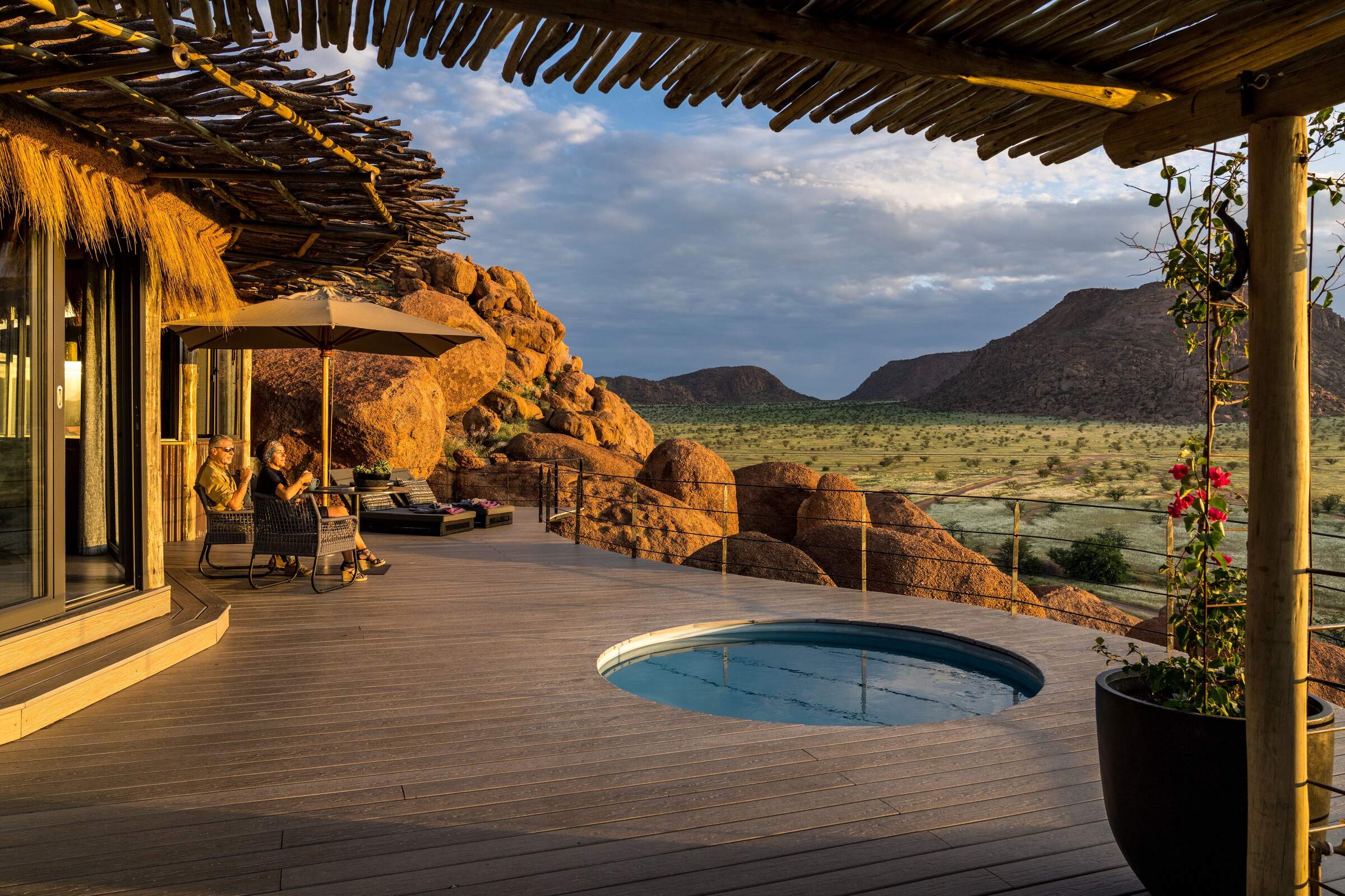
Camp Kipwe
With unusual, igloo-like rooms, open-air bathrooms and beautiful scenery, Camp Kipwe is well placed for nature and cultural excursions.
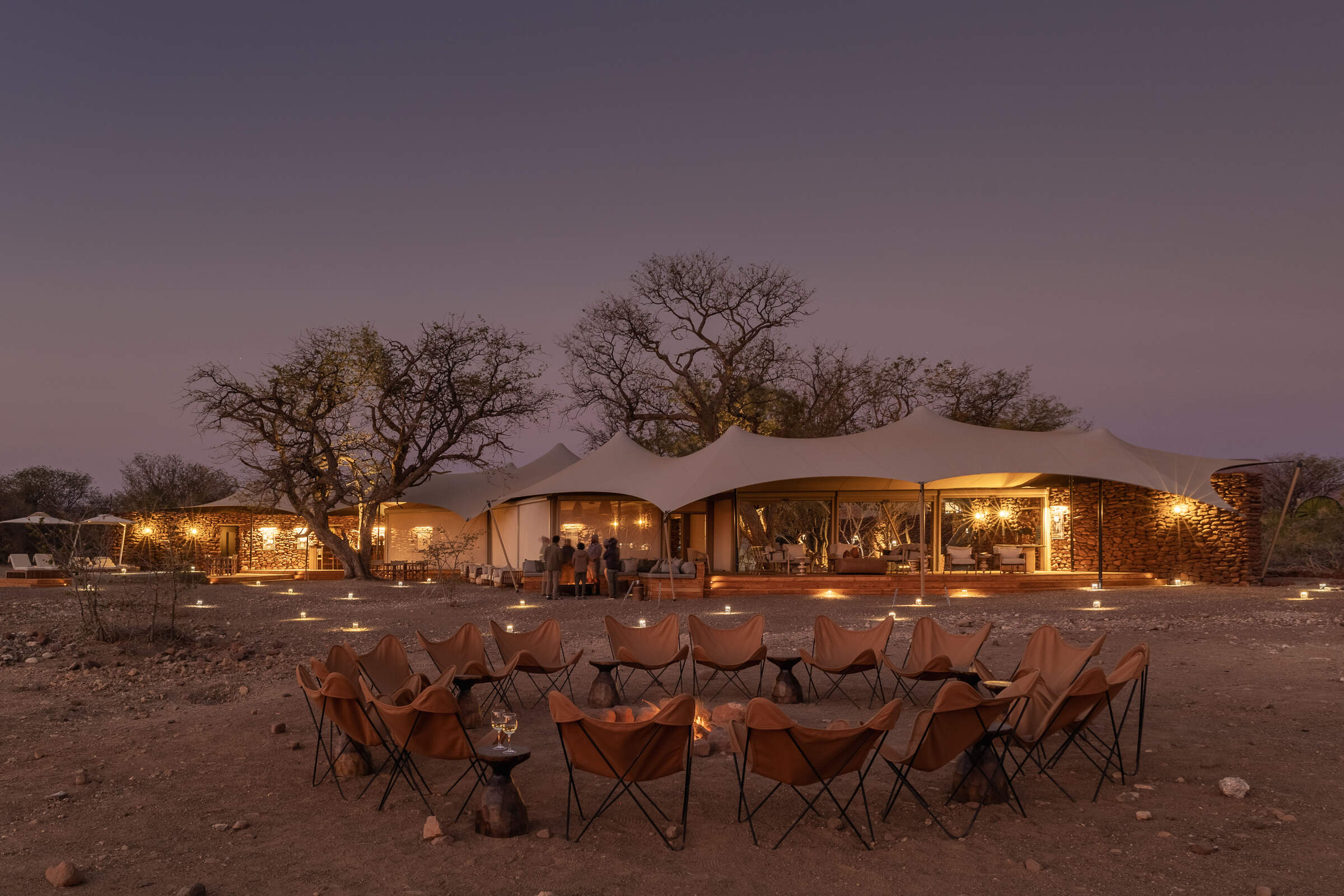
Desert Rhino Camp
Desert Rhino Camp offers a rare opportunity to track black rhino on foot in one of the last true wilderness areas – an amazing experience.
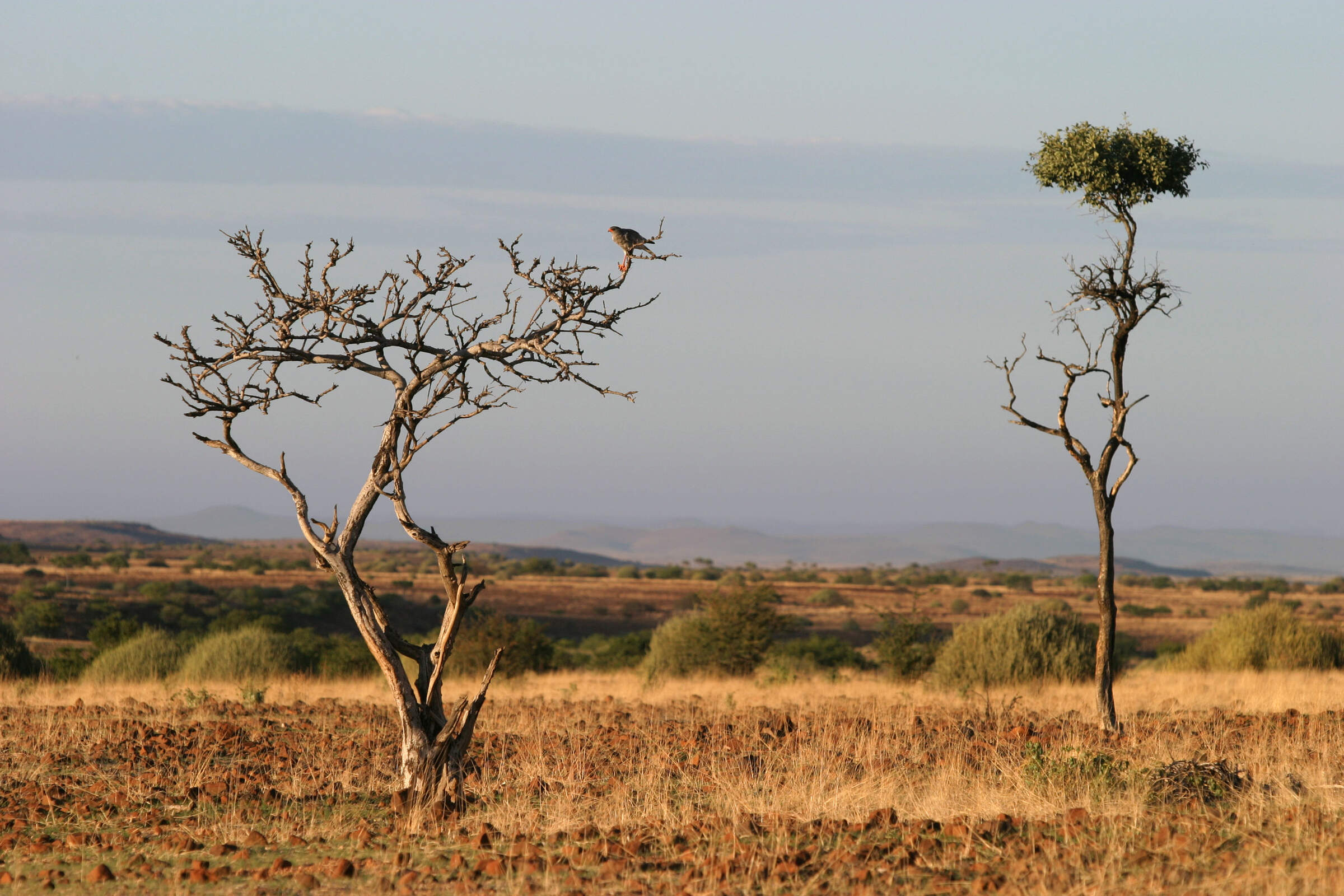
Etendeka Camp
Etendeka is an owner-run camp in the remote and less visited north of Damaraland. The camp is renowned for it's spectacular guided walking trails.
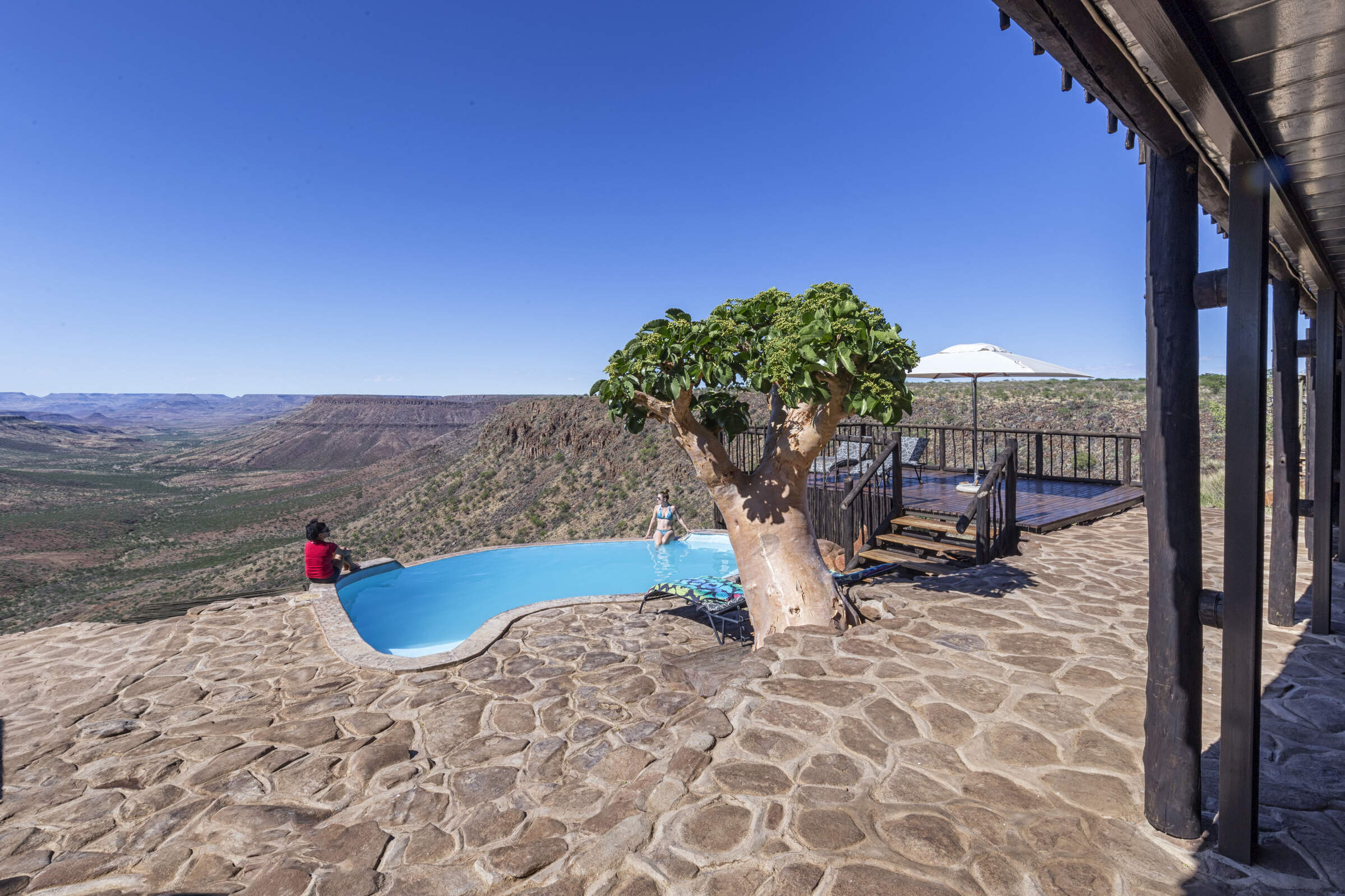
Grootberg Lodge
On the edge of an ancient plateau Grootberg Lodge has a stunning location and arguably the best views of any lodge in Namibia.
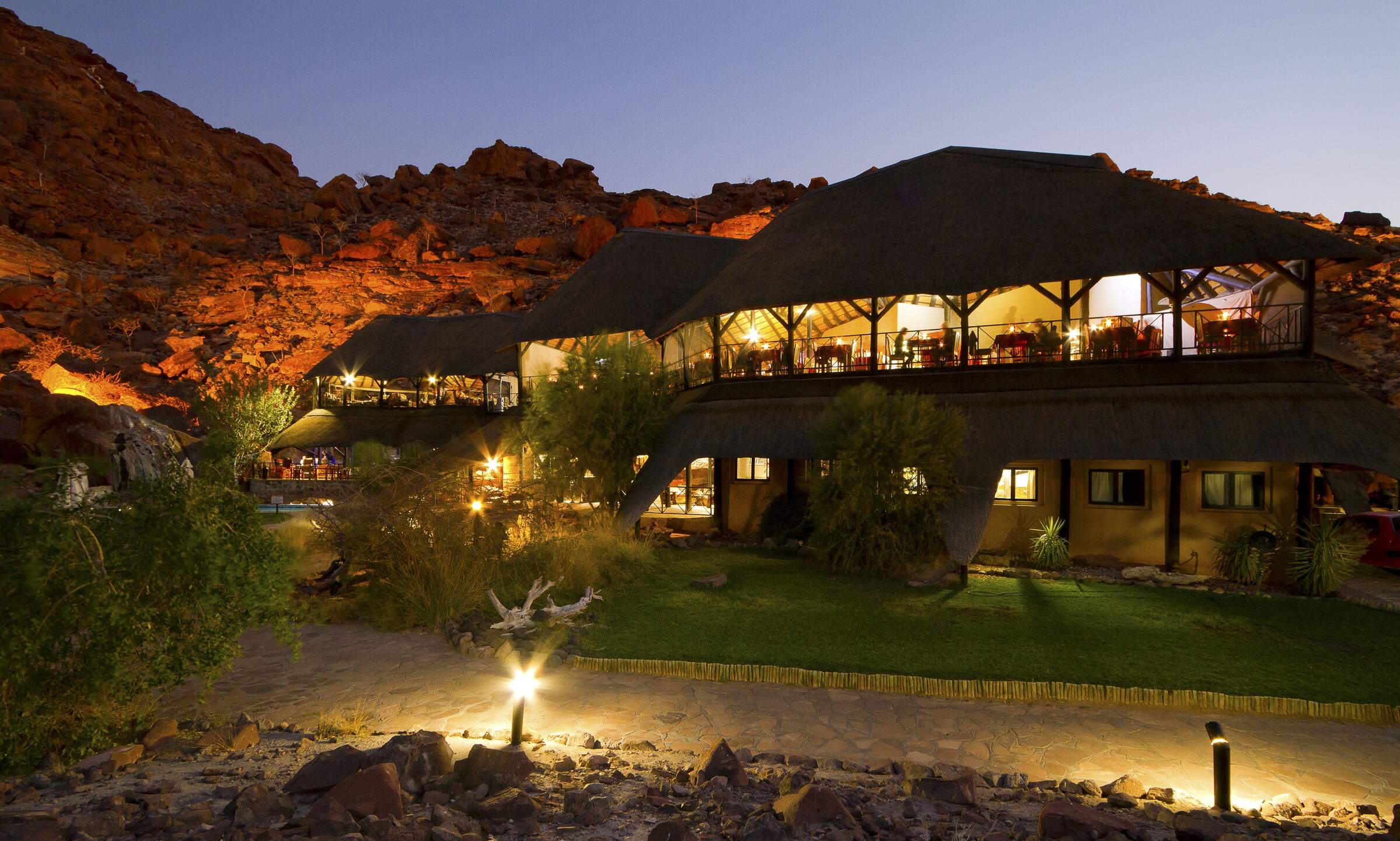
Twyfelfontein C'try Lod.
A large lodge set among the rocks, Twyfelfontein Country Lodge is a convenient base for visiting the rock engravings, which are only 4km away.
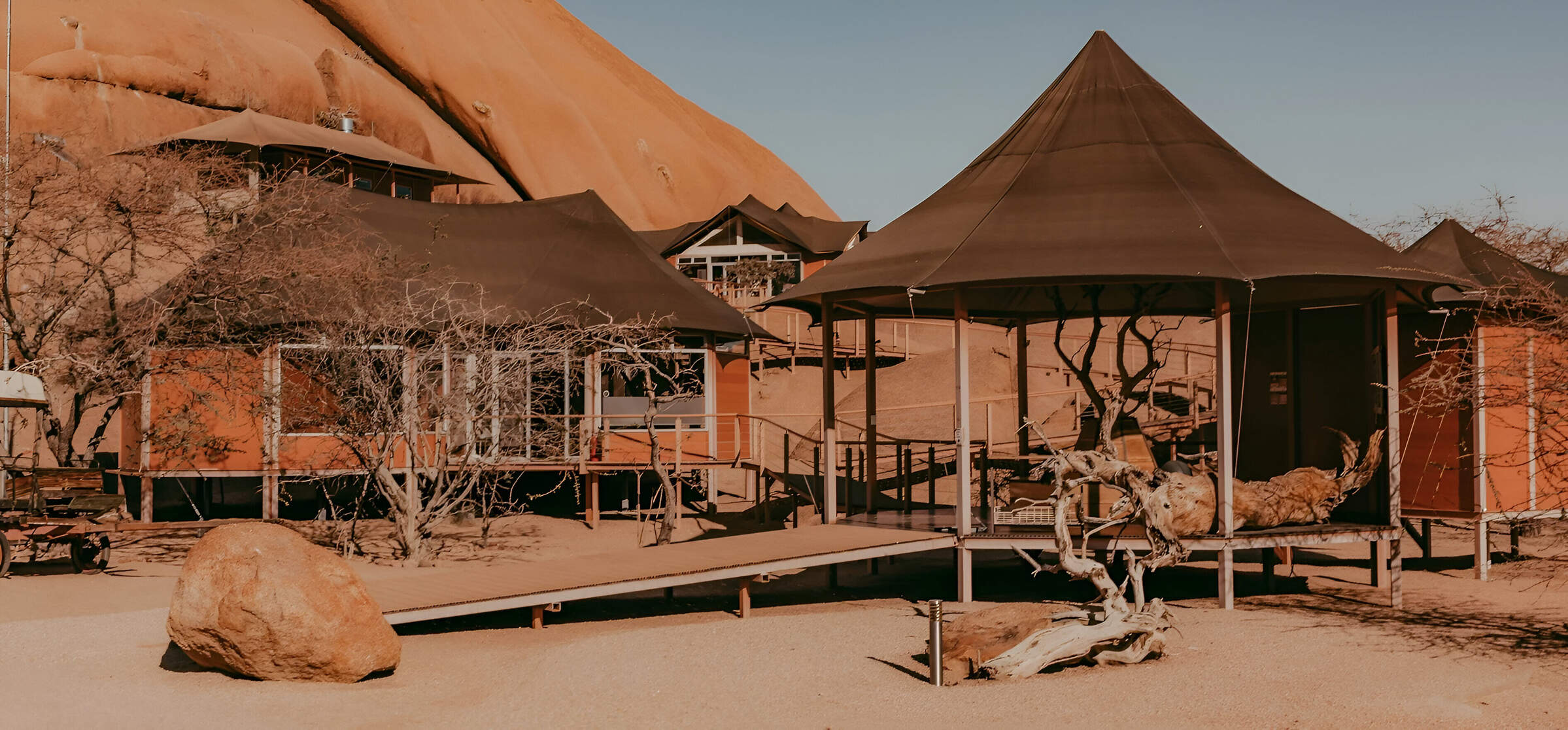
Spitzkoppen Lodge
Spitzkoppen Lodge provides stylish accommodation in an area of scenic grandeur with guided access to sites of ancient Bushman rock art.
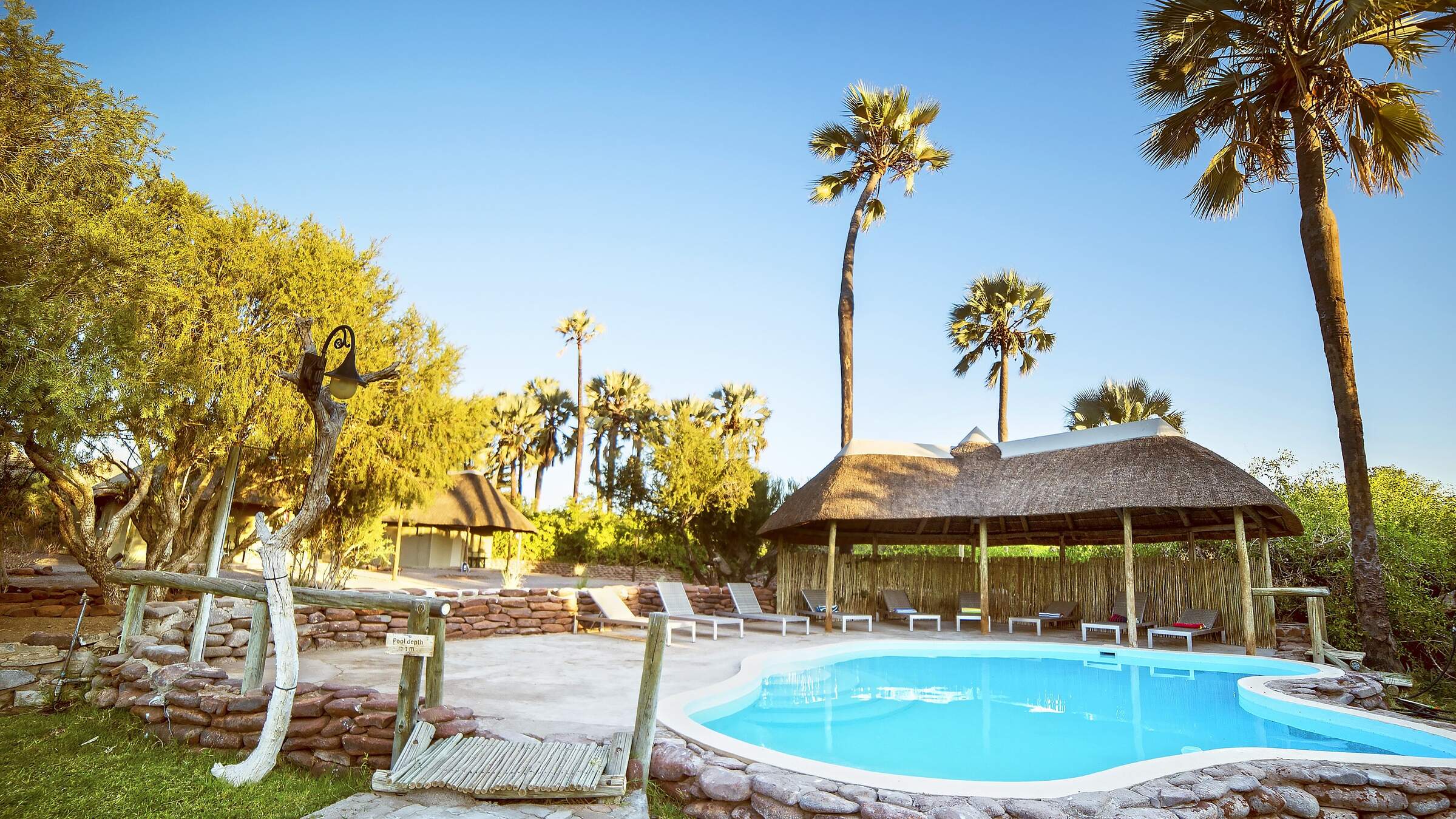
Palmwag Lodge
Palmwag Lodge has a great location by a spring in the Uniab River and offers access to an area where you can see a variety of desert-dwelling animals.
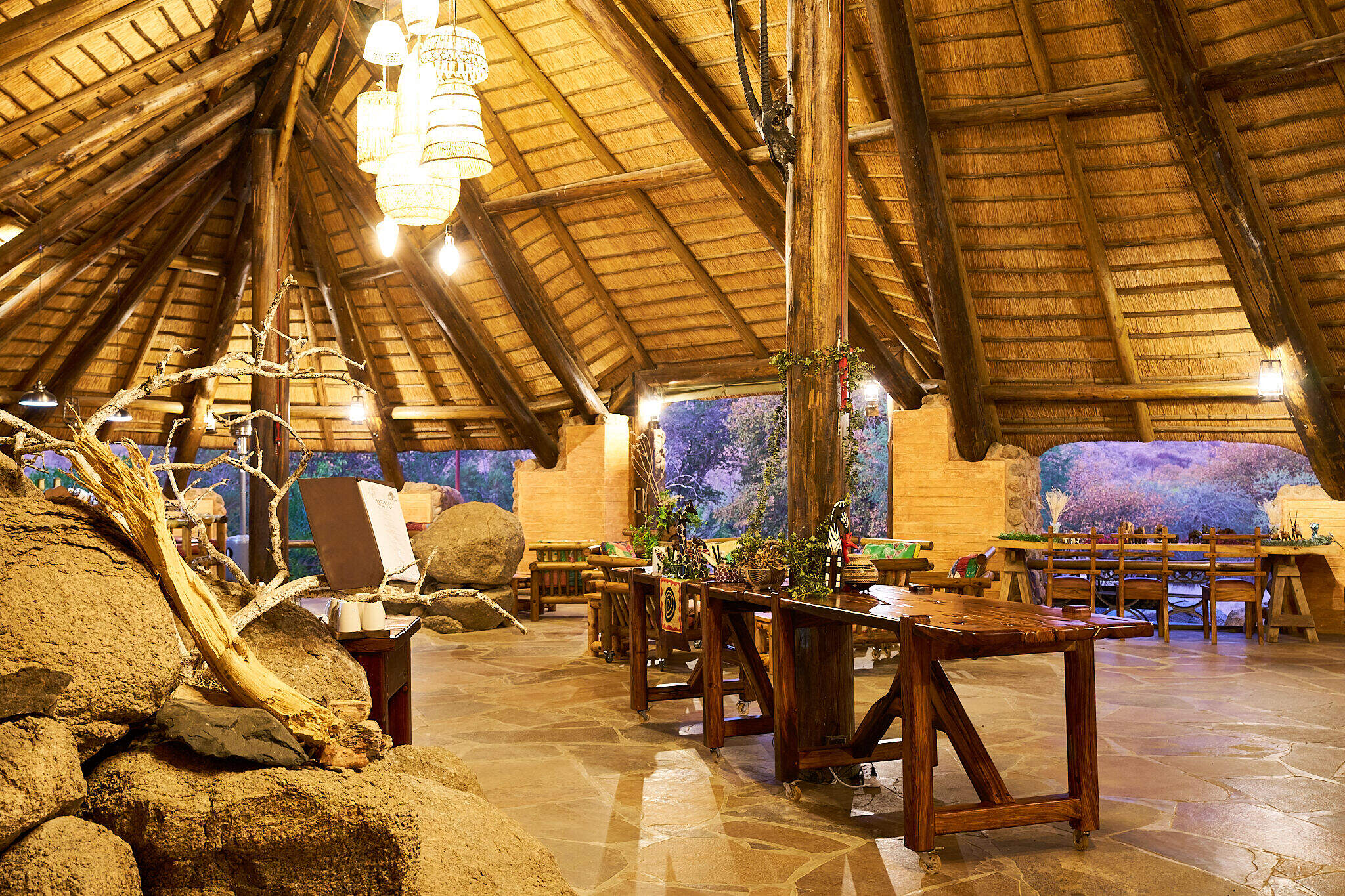
Huab Lodge
Huab is a classic little Namibian Lodge which is slightly off the beaten track in a lesser visited part of Damaraland.
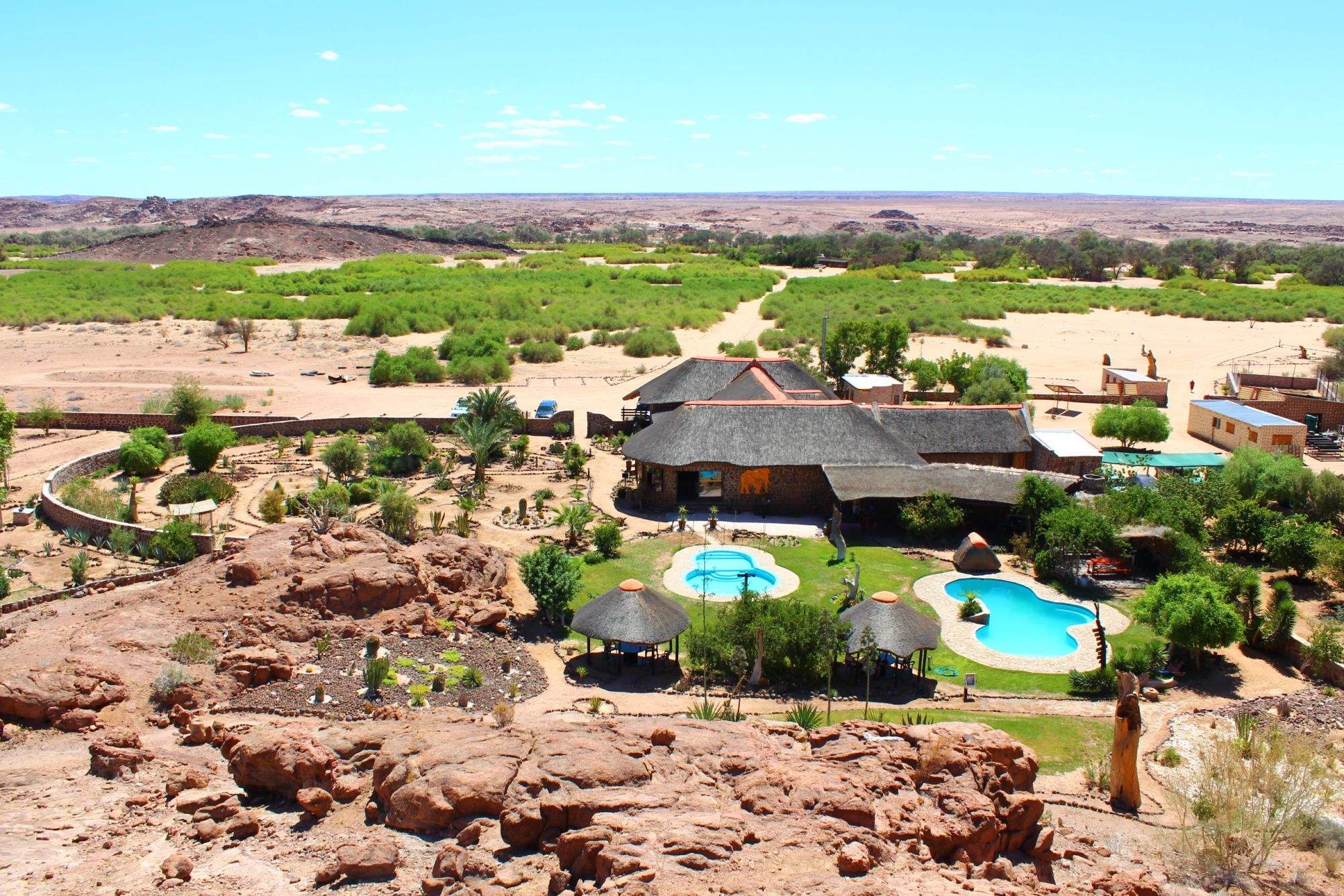
Brandberg White Lady
Brandberg White Lady Lodge, nestled at the foot of its namesake, makes a good base from which to visit bushman rock paintings including the 'White Lady'.
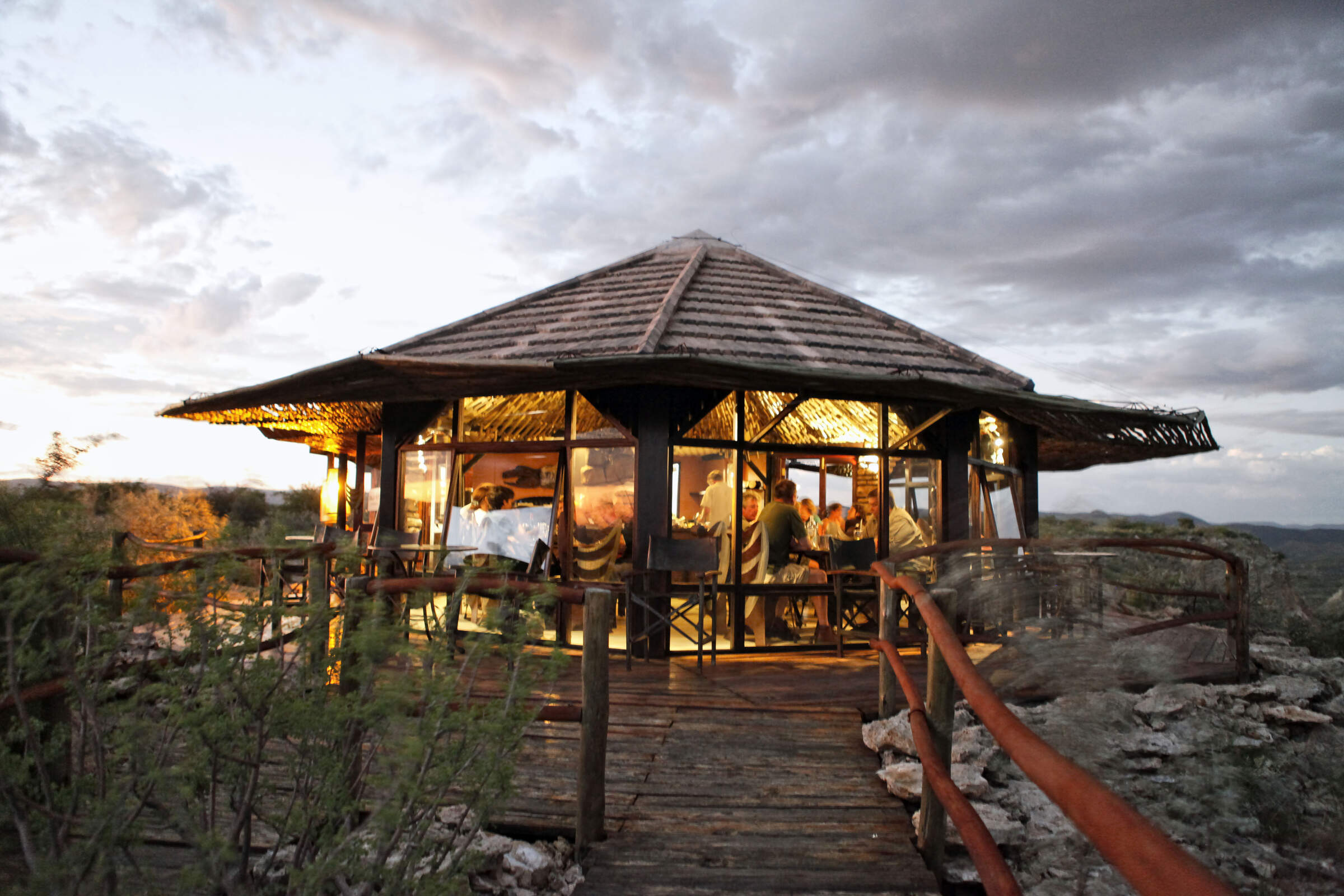
Vingerklip Lodge
Vingerklip Lodge occupies a lovely location, but is a little too far east for guests to visit Damaraland's main attractions.
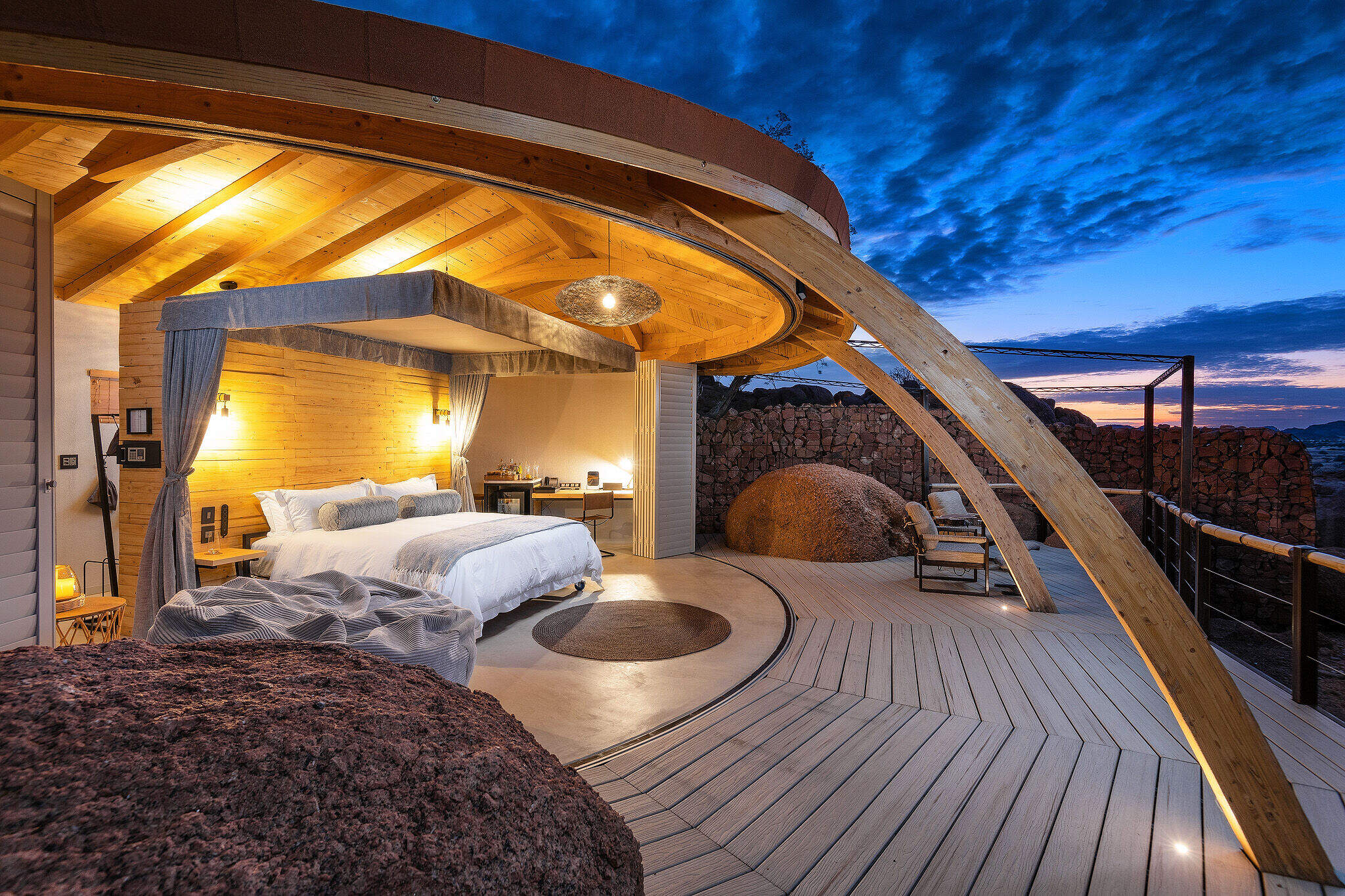
Onduli Ridge
Onduli Ridge is a luxurious, low-impact luxury camp offering top-notch guiding in a remote wilderness area of Damaraland.
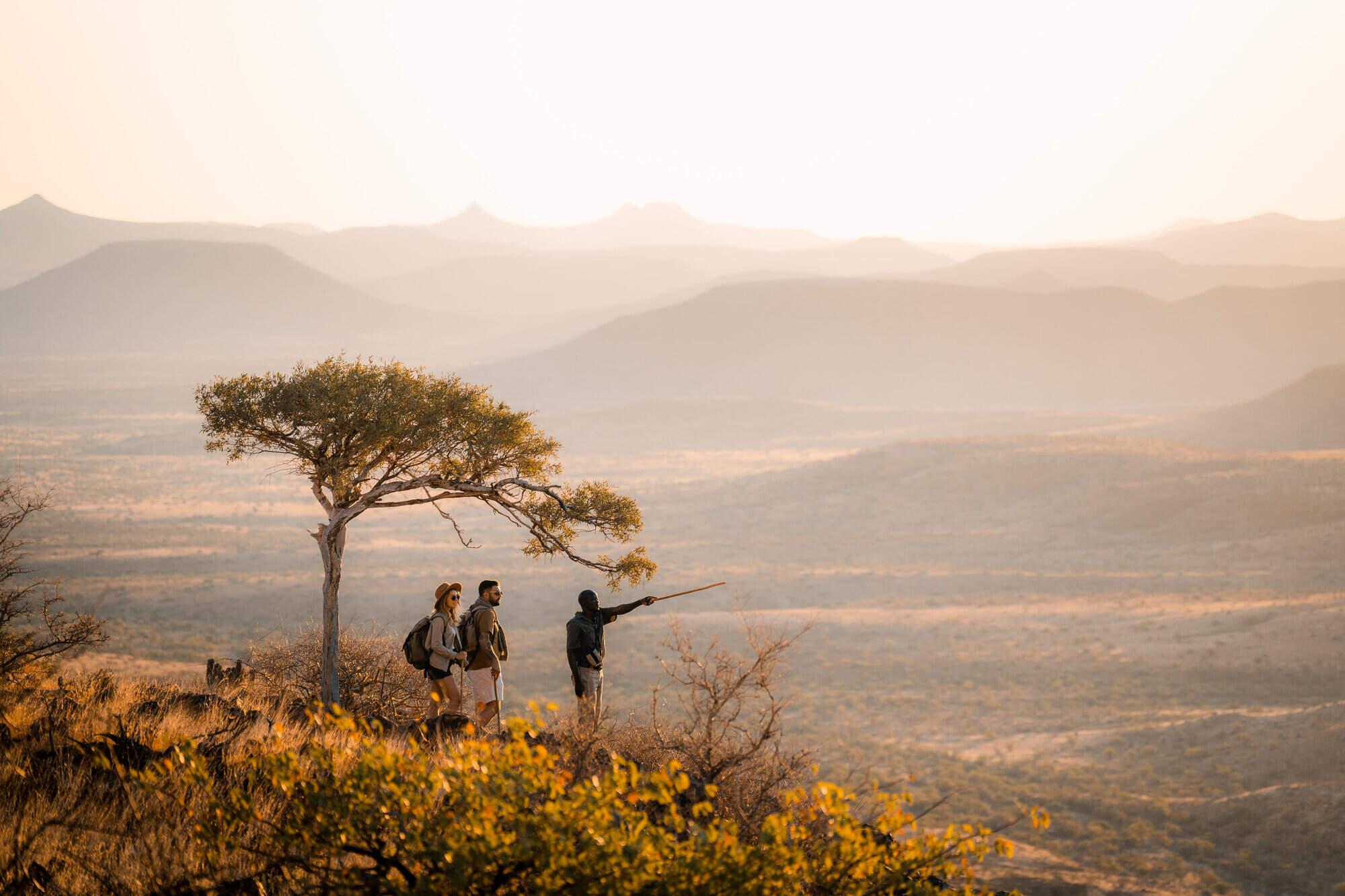
Etendeka Hiking Trail
The Etendeka Walking Trail promises to offer a back-to-basics walking and camping experience in one of Namibia's most remote and untouched wilderness areas.
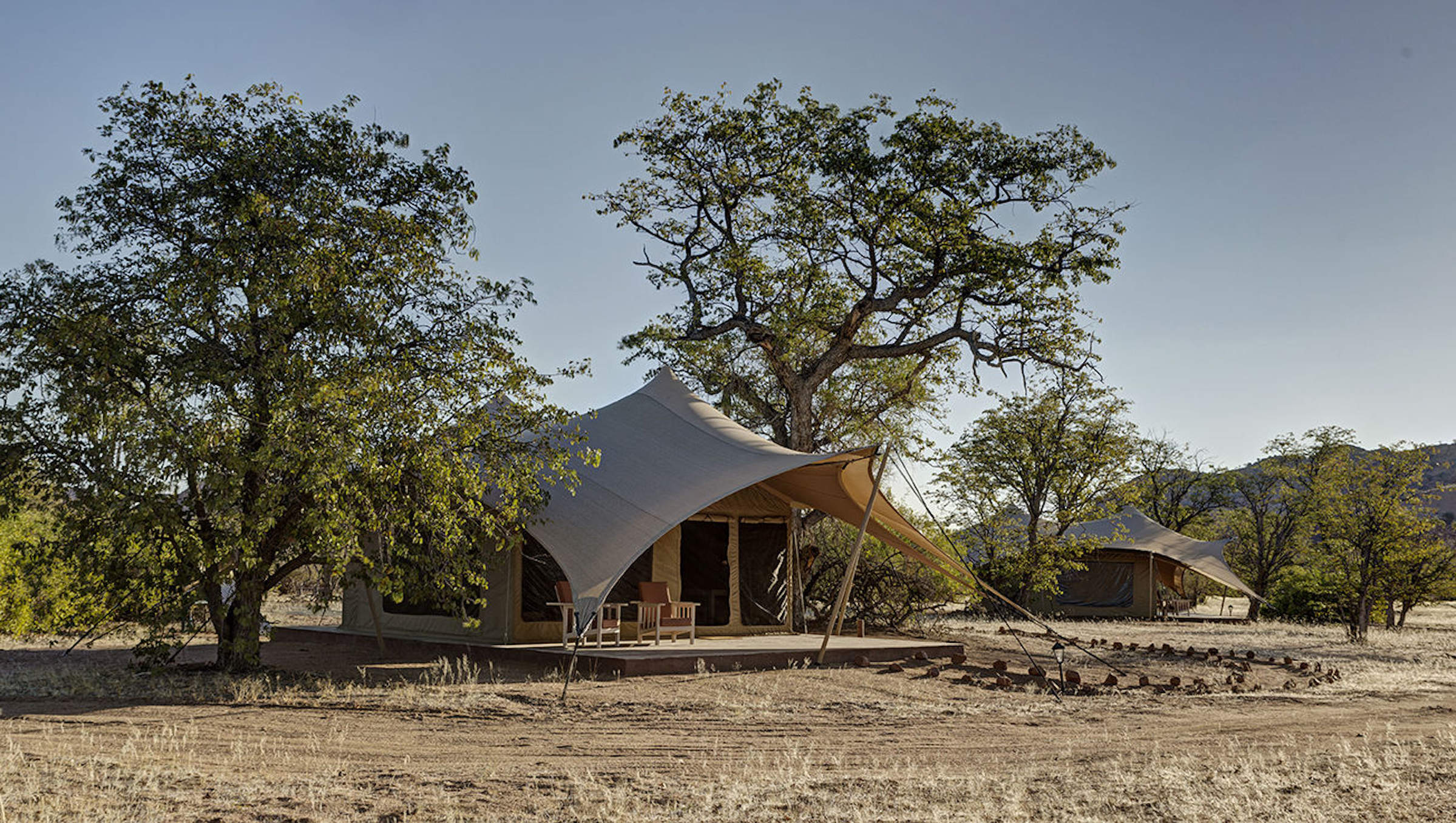
Malansrus Camp
Within easy reach of Twyfelfontein, Malansrus offers a simple but comfortable base for visits to the rock engravings or seek out desert-adapted elephants.
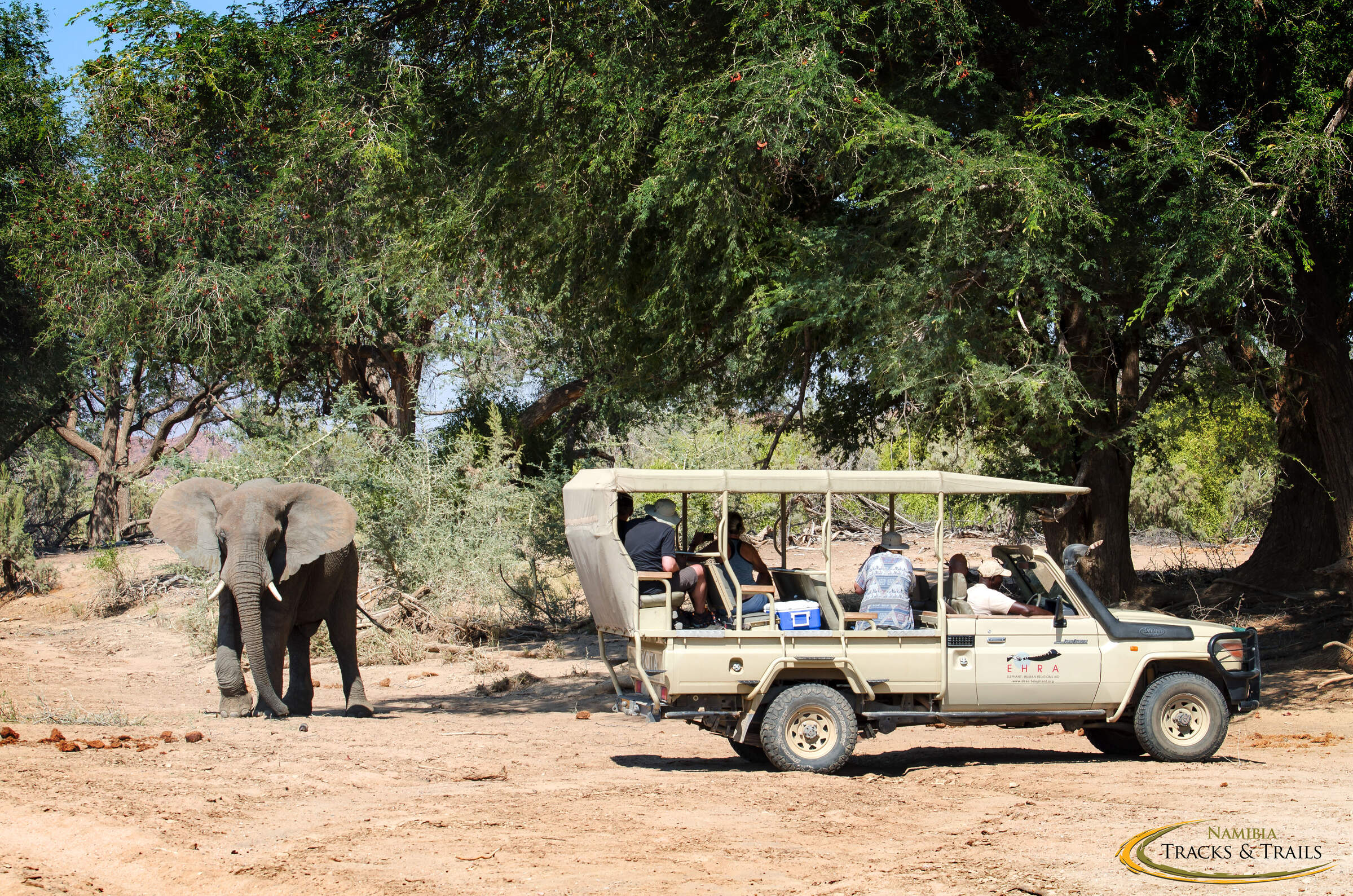
Ozondjou Trails
The simple Ozondjou Trails gives a unique perspective on living with Damaraland’s desert-adapted elephants and how tourism is key to protecting them and the livelihood of the people.
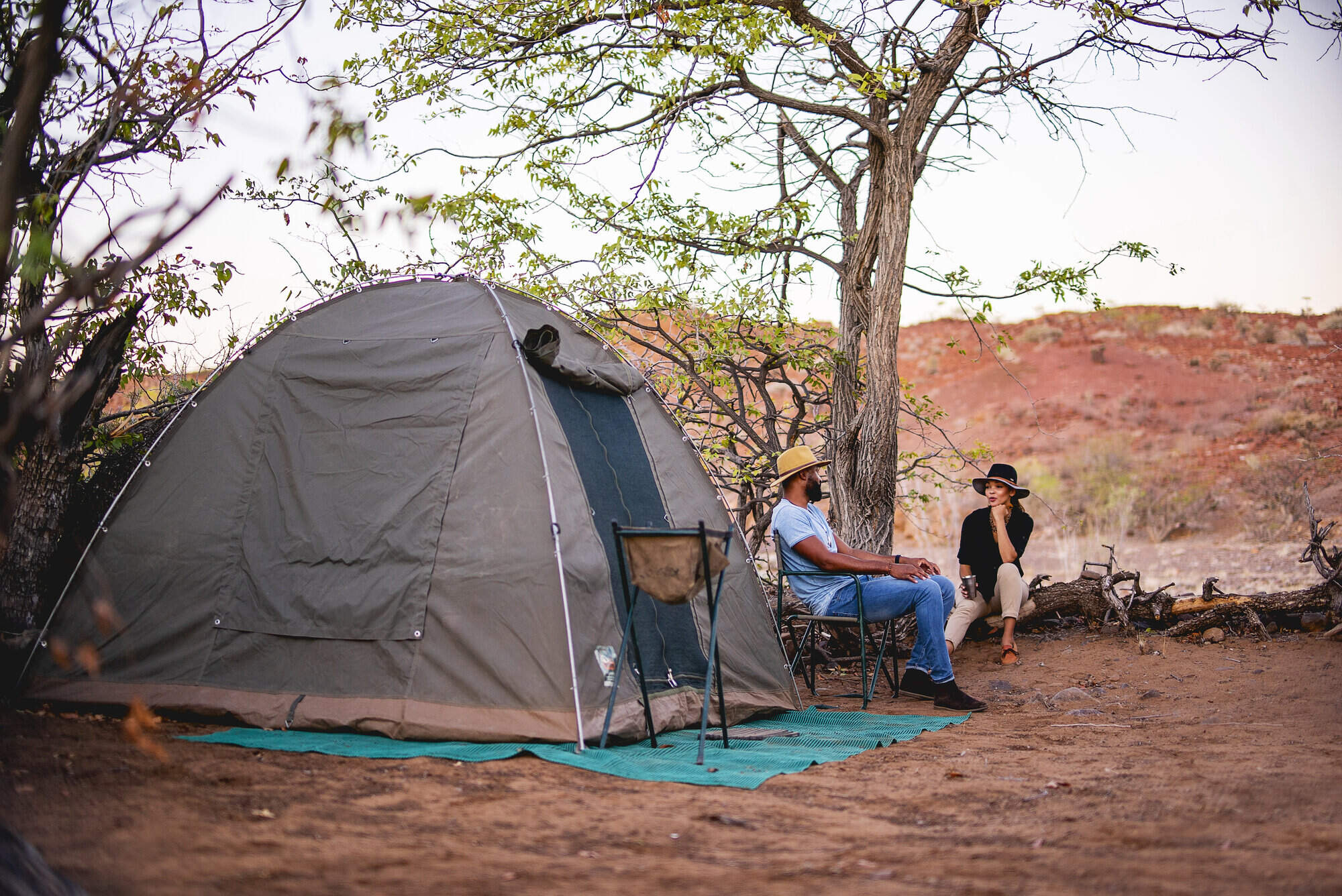
Palmwag Sleep-out
Palmwag Sleep-out is a simple camping experience and a great way to enjoy the remote beauty of the vast Palmwag Concession
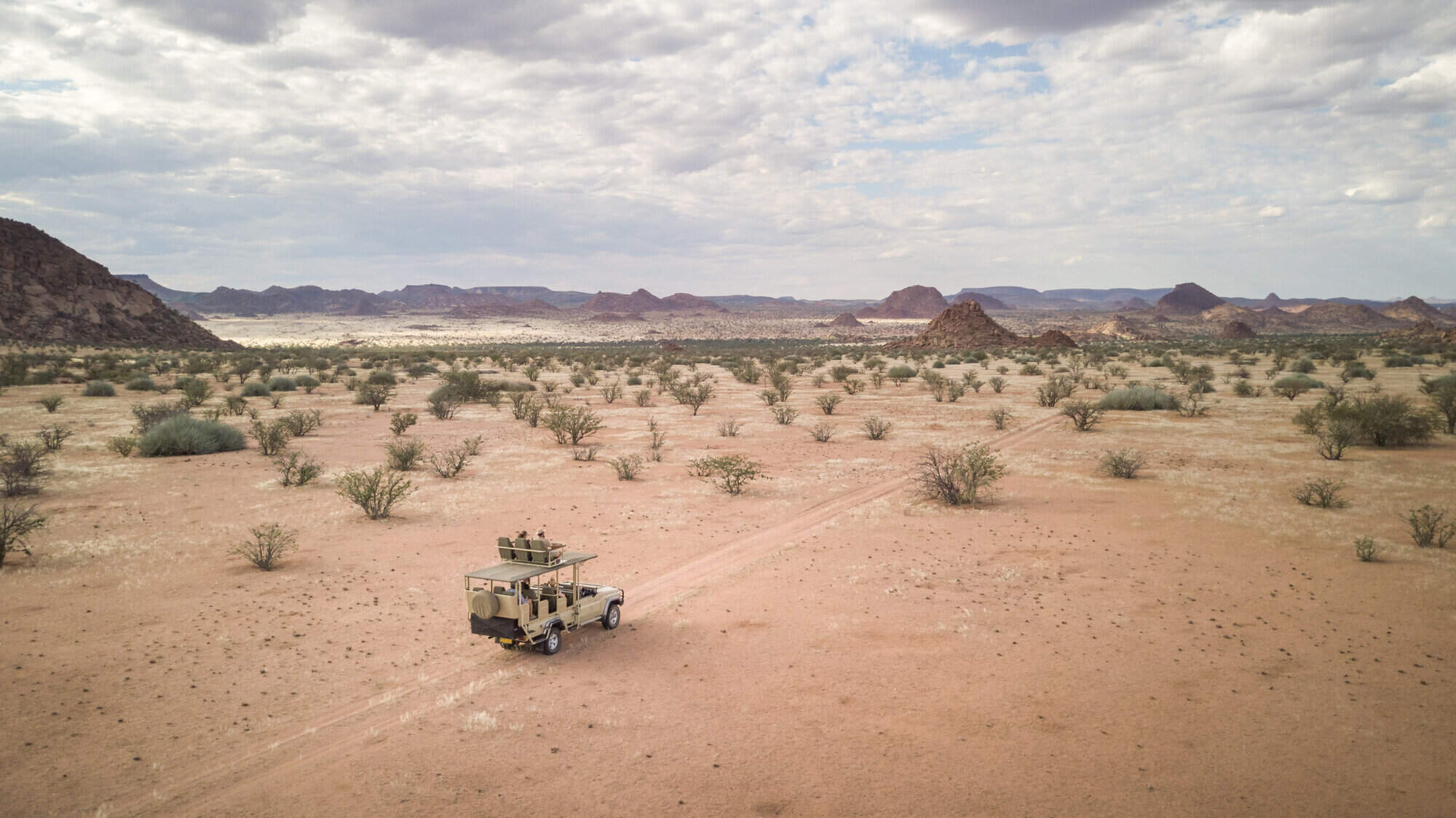
Camp Doros
Small, intimate and with excellent eco-credentials, Camp Doros is set above an ephemeral river within a remote community concession of Damaraland.
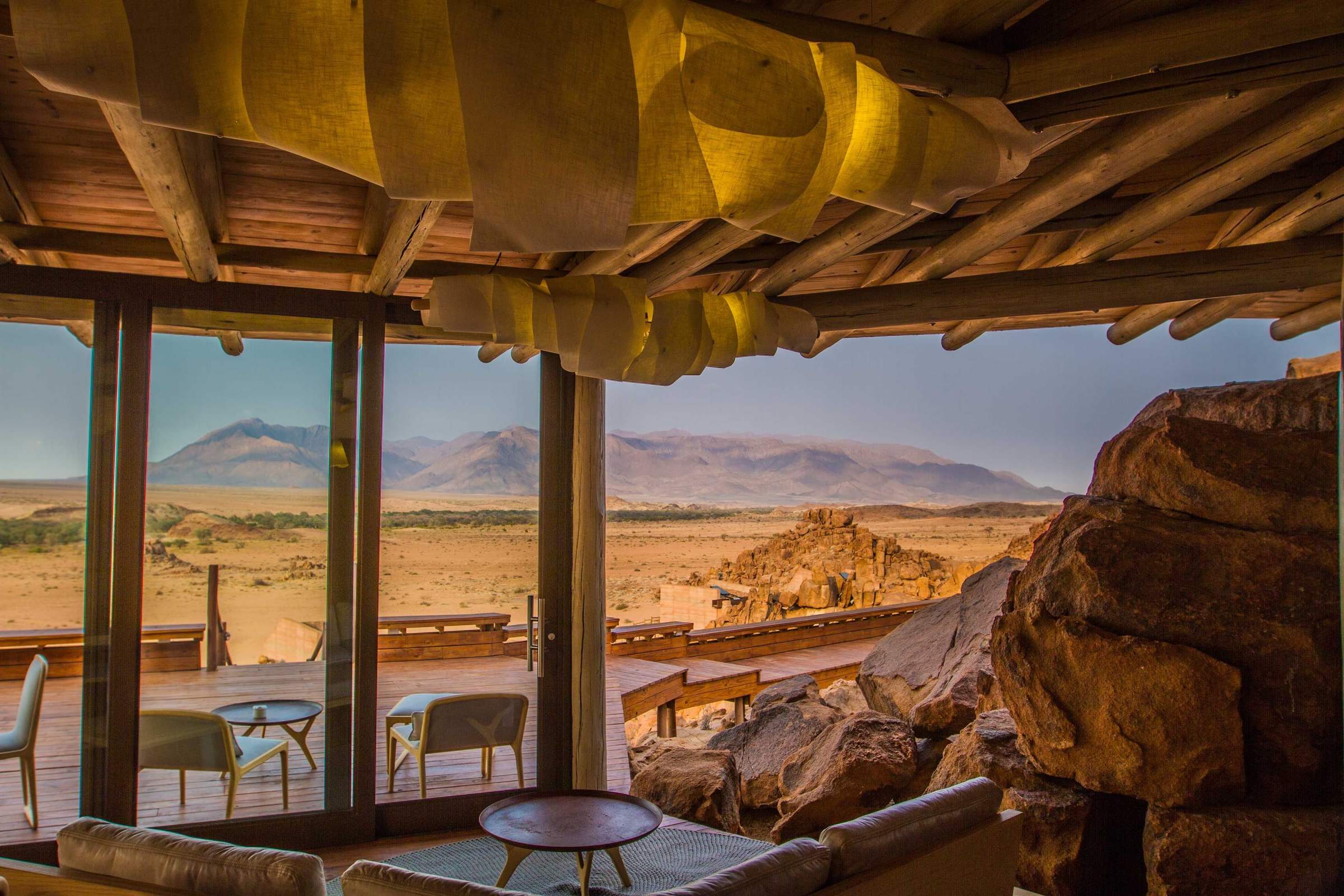
Sorris Sorris Lodge
Overlooking the Brandberg Massif, Sorris Sorris is probably the most luxurious lodge in southern Damaraland.
When to go to Damaraland
Our month by month guide: What it's like to visit Khowarib Lodge in Damaraland
Jan
Feb
Mar
Apr
May
Jun
Jul
Aug
Sep
Oct
Nov
Dec
Damaraland in January
In Damaraland, January marks the start of the rainy season. The rains, though often light and localised, bring life to the desert landscape.
At Twyfelfontein, the rock engravings glisten after sporadic showers. Some days are clear and hot, with temperatures around 30°C/86°F, while others see dramatic thunderstorms. These can create flash floods in ephemeral riverbeds like the Ugab, temporarily transforming the arid terrain. The greening landscape provides a refreshing backdrop for the ancient rock art at Brandberg Mountain.
Many birds in the region are in full breeding plumage, with migrant species adding to the variety. Wildlife, including the desert-adapted elephants, disperses across the rejuvenated landscape, making sightings more challenging, but rewarding. The Damara Living Museum offers insights into how local communities adapt to these seasonal changes.
- Variable weather: hot, dry or humid with rain
- Occasional localised thunderstorms
- Wildlife dispersed, harder to spot
- Stark mountains against atmospheric skies
- Few tourists, low rates at accommodations
Our view
This is not a great time to visit
Weather in January
Damaraland in February
February is typically the wettest month in Damaraland, though rainfall remains patchy across this predominantly arid region.
The Spitzkoppe granite peaks against thunderous, atmospheric skies create dramatic vistas for photographers. Some days are clear and hot, while others see afternoon thunderstorms that briefly but dramatically charge the landscape. These rains can make travel more challenging, especially to remote sites like the Epupa Falls. However, the landscape feels vibrant and alive, with insects and smaller animals more easily spotted, and seasonal flowers blooming. Many birds and animals are raising their young, offering unique wildlife viewing opportunities.
Despite the rains, the rock art at Twyfelfontein and the Petrified Forest remain accessible.
- Hot and humid with occasional rain showers
- Thunderstorms meander over the landscape
- Birdlife spectacular, migrant species present
- Wildlife harder to see, but landscape lush
- Low tourist numbers, great for solitude
Our view
This is not a great time to visit
Weather in February
Damaraland in March
March in Damaraland usually sees the main rains tailing off, though precipitation varies greatly across the region. Many days are clear, with strong sun driving temperatures up, while others may experience light rainfall.
The landscape often appears vivid and green, providing a striking contrast to the bare rocky outcrops of Spitzkoppe and Brandberg. Animals such as springbok and mountain zebra may be finishing raising their young. Small herds of plains game such as these can be more visible against the greener backdrop. The Damara Living Museum showcases how local communities adapt to these seasonal changes. The clearer skies towards the end of the month make for excellent stargazing at lodges where you can move your bed to sleep under the stars.
- Weather becoming drier as month progresses
- Animals looking healthy after months of plenty
- Balmy nights sleeping under star-filled skies
- Migrant birds begin to depart
- Few tourists, rates often low at lodges
Our view
A good time to visit, with pros & cons
Weather in March
Damaraland in April
April in Damaraland is typically dominated by dry weather, with decreasing chances of rain. Temperatures begin to fall, but days remain pleasantly warm. The rains often leave the landscape verdant, creating stunning photo opportunities at sites like the Etendeka Plateau and Klip Valley.
Animals are in fantastic condition, often with fast-growing young in attendance. The desert-adapted elephants may be more easily spotted as they begin to return to the riverbeds to feed on Ana and Camelthorn trees. With dust washed from the atmosphere, photographers can capture clear shots of spectacular landscapes. Stargazers will enjoy increasingly clear night skies. In the Palmwag Concession, water and food remain in plentiful supply, so finding mammals such as black rhino can still be challenging, but worth the effort.
- Cooler nights, days still warm and pleasant
- Landscape still green from recent rains
- Air clear, for crisp photographs
- Wildlife starting to become easier to find
- Easter sees an increase in visitors
Our view
A good time to visit, with pros & cons
Weather in April
Damaraland in May
By May, Damaraland is usually drying out fast. If rains have been good, the land remains green, especially around natural springs found in valleys and craggy rocksides. The air quality and clarity can be amazing, making this an ideal month for photography at sites like Twyfelfontein and along the remote Hoanib riverbed.
Temperatures are moderate, typically warm with crisp, clear mornings and blue skies. Evenings are cool enough to wear an extra layer. Many lodges still charge low season prices, offering good value. The combination of increasingly good wildlife sightings, beautiful landscapes, and crystal-clear air make May one of the best months to visit Damaraland. It's an excellent time to explore the region's geological wonders, such as the ancient Etendeka lava flows.
- Lovely weather: warm days, cool nights
- Landscape drying out, still some greenery
- Clear, sharp colours for photography
- Wildlife more visible along scenic riverbeds
- Low visitor numbers, moderate lodge rates
Our view
A very good time to visit
Weather in May
Damaraland in June
June sees Damaraland dry and clear, with blue, largely cloudless skies. Days are often lovely and warm, but nights can be cold, sometimes below freezing in desert areas.
Visitors should pack warm clothing for early morning nature drives to spot desert-adapted elephants or black rhinos. Most outdoor pools are too cold for swimming, except for the very dedicated. It’s a particularly good climate for walking; either short walks or perhaps a multi-day hike on the Etendeka Plateau.
Historically, June prices have been low, but Damaraland's increasing popularity means many lodges now consider it high season.
- Clear, bright days and cold nights
- Wonderful for stargazing and night walks
- Good wildlife viewing in remote wildernesses
- Hiking comfortable in cooler temperatures
- Moderate lodge rates, increasing bookings
Our view
A very good time to visit
Weather in June
Damaraland in July
July in Damaraland offers fairly warm temperatures above 20°C/68°F in the middle of the day, but often cold nights. Visitors should dress in layers and be prepared for chilly mornings and evenings.
Rain is extremely rare, and clear skies make for great photographs of the sandstone mountains in morning and evening light. As vegetation shrivels, animals gather near food and water sources, making sightings of desert-adapted wildlife more likely. Elephant herds are more regularly seen along dry riverbeds during this period.
Lodges charge high season rates, and many are booked up well in advance, especially during European school holidays.
- Dry days, clear skies, crisp cold nights
- Peak time for wildlife viewing in Damaraland
- Desert-adapted elephants more easily spotted
- Wonderfully cool for day walks and longer hikes
- High season rates, book accommodations early
Our view
A very good time to visit
Weather in July
Damaraland in August
August is the height of Damaraland's winter. Expect cloudless skies and usually warm sun during the day, but nights can drop to freezing in desert areas. Visitors should bring warm clothes for nature drives and walks in chilly mornings and evenings.
The landscape begins to change from green to golden grasses and stark hillsides. Wildlife sticks close to dry river-beds where desert-adapted elephants dig for water, creating waterholes for other animals.
The clear, dry conditions make it an excellent time for hiking and exploring geological features like the Organ Pipes and Burnt Mountain.
August is the most popular time to visit Damaraland, especially for families. Booking well in advance is essential.
- Perfect weather for outdoor activities
- Excellent wildlife viewing opportunities
- Popular time for hiking and tracking rhino on foot
- Good time for cultural experiences at Damara Living Museum
- Peak season, lodges booked up well in advance
Our view
Fantastic: the very best time to visit
Weather in August
Damaraland in September
September in Damaraland brings blue, cloudless skies and fantastic wildlife viewing. Rain is almost unheard of, and as the month progresses, days and nights quickly get warmer. Daily maximums can reach the low 30s Celsius/mid-80s Fahrenheit, though low humidity keeps it comfortable. The air becomes dustier, occasionally affecting visibility for photographers at sites like Twyfelfontein or Brandberg.
In the Palmwag Concession and along the Ugab River, animals congregate around remaining water sources, making September one of the best months for game viewing, especially for desert-adapted elephants and black rhinos, but also desert-adapted lion. It's a popular month for visitors, particularly safari enthusiasts seeking sightings of these unique sub-species.
The Himba at Khowarib provide insights into how local communities adapt to the dry season.
- Warm days, nights getting warmer
- Landscape golden brown, very photogenic
- Prime time for seeing desert-adapted wildlife
- Air can be hazy with dust
- High season rates, book well in advance
Our view
Fantastic: the very best time to visit
Weather in September
Damaraland in October
Damaraland is usually at its hottest and driest in October. Temperatures build throughout the month, with daily highs potentially exceeding 40°C/104°F towards the end. The extreme dryness, though, makes even these high temperatures bearable.
Wildlife watching is at its best, particularly in areas like the remote Palmwag Concession and along the Hoanib River. October is popular among wildlife enthusiasts, as shyer species such as brown hyena and cheetah are more regularly seen. However, dust and occasional smoke may make the air hazy, challenging landscape photographers but creating beautiful sunsets.
Visitor numbers can decrease towards the end of the month, potentially allowing for last-minute bookings at some lodges.
- Hot and dry, true desert conditions
- Wildlife congregates at remaining water
- Excellent month for photographing sunsets
- Peak tourist time, expect higher rates
- Unusual species like brown hyena more regularly seen
Our view
A very good time to visit
Weather in October
Damaraland in November
November in Damaraland is unpredictable; sometimes dry and hot, sometimes cloudier and cooler. Typically, mornings are hot and clear, with clouds gathering from the afternoon. Humidity builds, occasionally resulting in spectacular thunderstorms with convection rainfall in late afternoons. These storms are usually localised and may not reach desert areas.
Places receiving good rain, like parts of the Palmwag Concession, quickly turn green, softening the landscape. Many mammals give birth, offering unique wildlife viewing opportunities. Once rains settle in waterholes, wildlife disperses in search of food, making game viewing more challenging. However, this is an excellent time for birdwatchers, with migrant species arriving and taking on breeding plumage.
The rock art at Twyfelfontein and Brandberg can be particularly striking after light rains.
- Variable weather, possibility of rain
- New growth if rains arrive, landscape greens
- Wildlife viewing still good, with babies often born
- Shoulder season rates offer better value
- Birdlife increases with migrant arrivals
Our view
A good time to visit, with pros & cons
Weather in November
Damaraland in December
December is often a dry month between November’s short rains and the main rains in January, and is one of its hottest months. Occasional short, often spectacular thunderstorms are often highly localised and generally welcomed, clearing the air of dust and allowing plant life to flourish. This creates a green carpet across the usually arid landscape, providing food for young animals.
Wildlife, including the desert-adapted elephants, disperses widely as food is more plentiful, making game viewing in areas like the Palmwag Concession more challenging. But sightings in early December can be enjoyed and photographed at leisure often with few or no other viewers. Many birds are breeding, sporting their most colorful plumage.
Christmas and New Year fall within local summer holidays, so accommodation options can be surprisingly busy, especially in cooler areas near the coast.
- Hot days, possibility of refreshing showers
- Landscape may become green with early rains
- Good time for seeing young animals
- Desert-adapted species less concentrated
- Holiday season brings more visitors
Our view
This is not a great time to visit
Weather in December

Looking for inspiration on where to travel next?
Visit our trip chooser to explore your options and find inspiration for your perfect African adventure
Inspire me